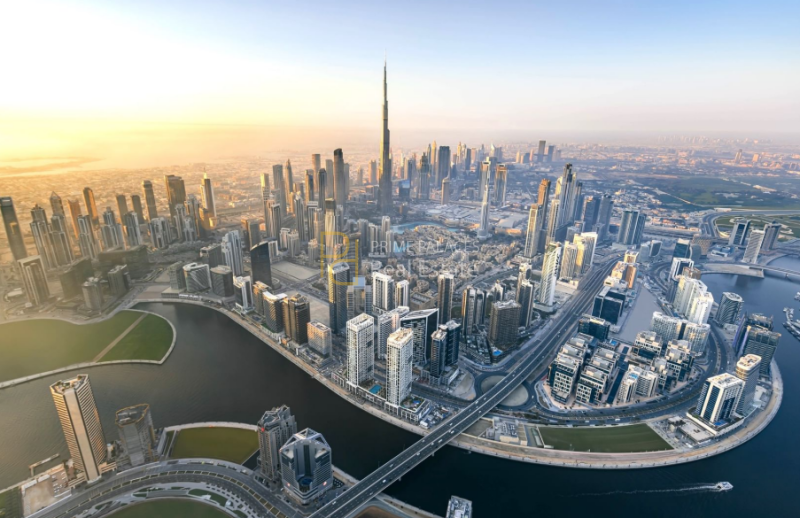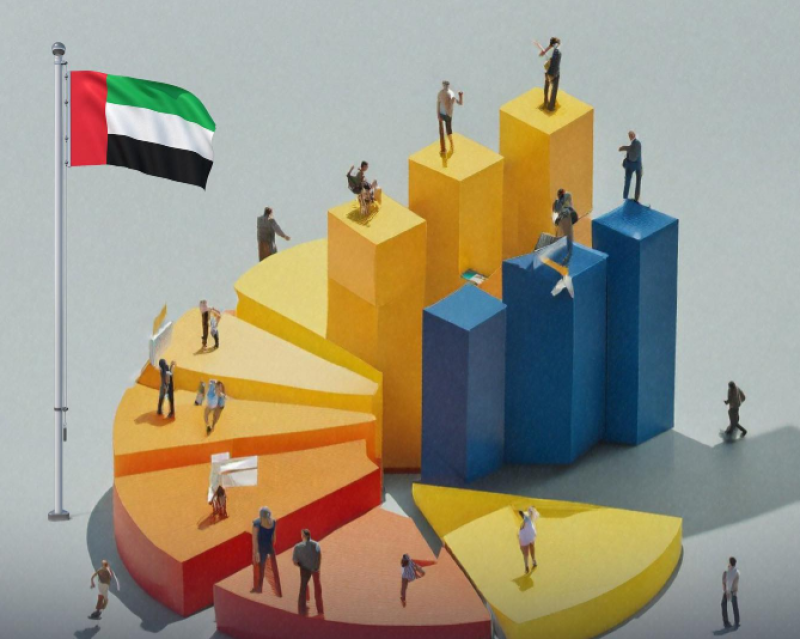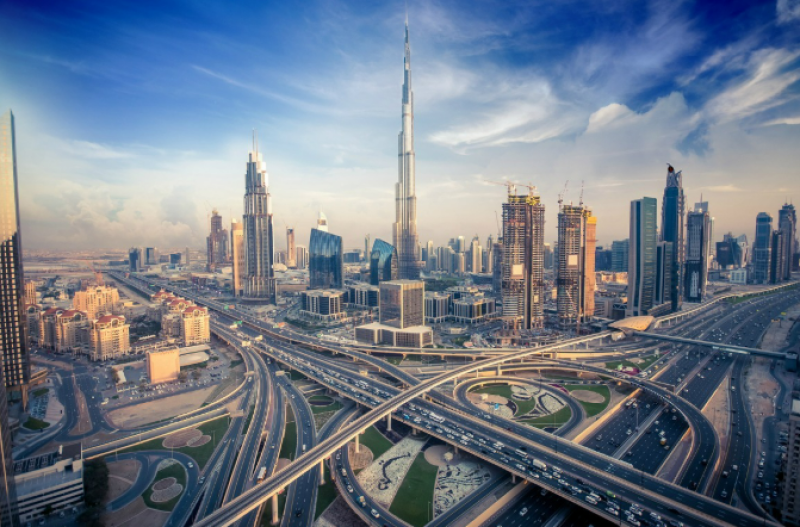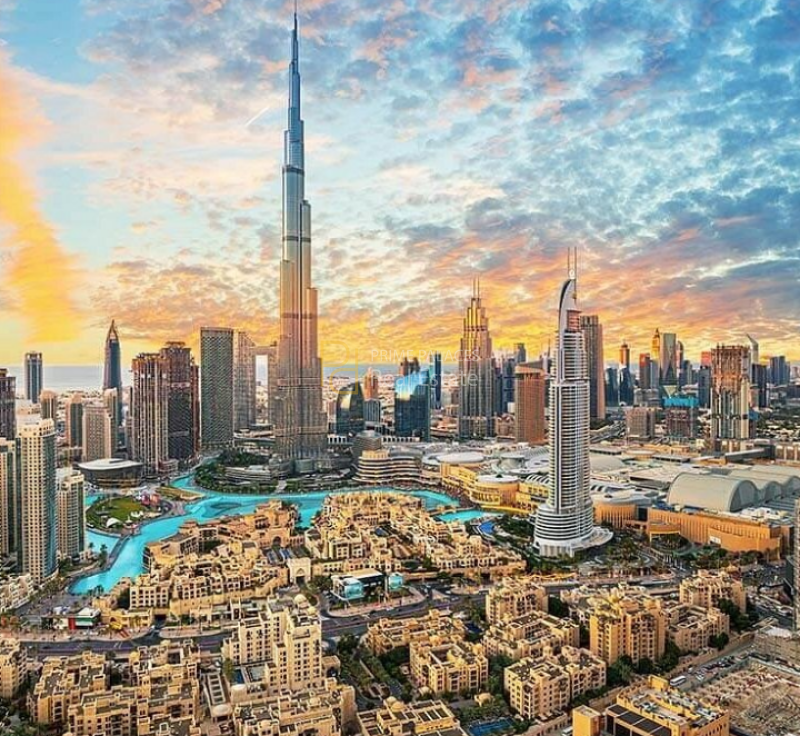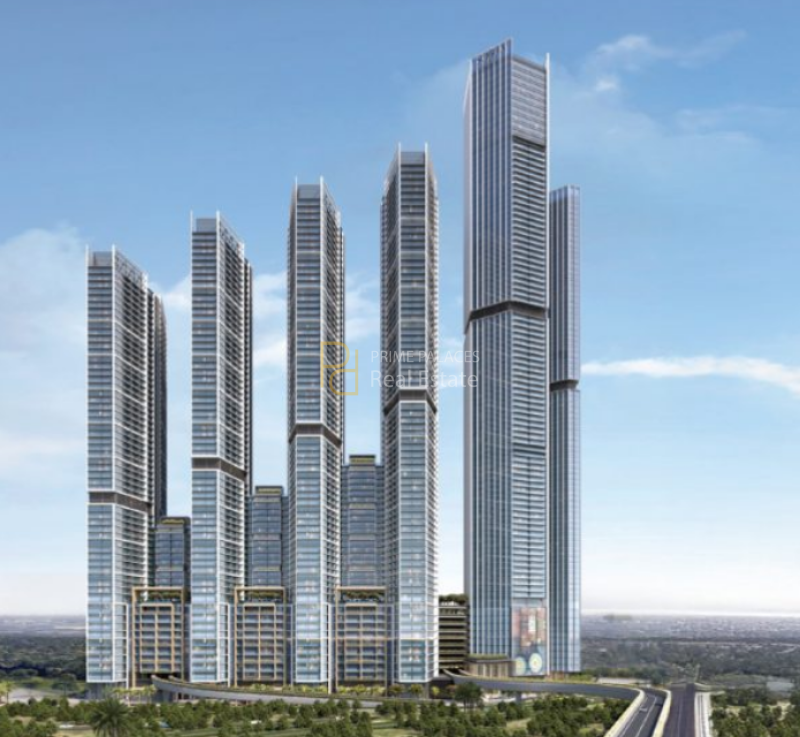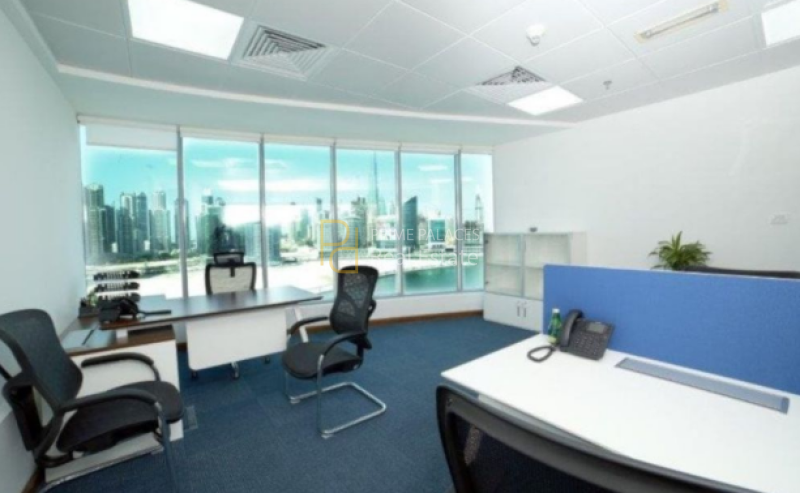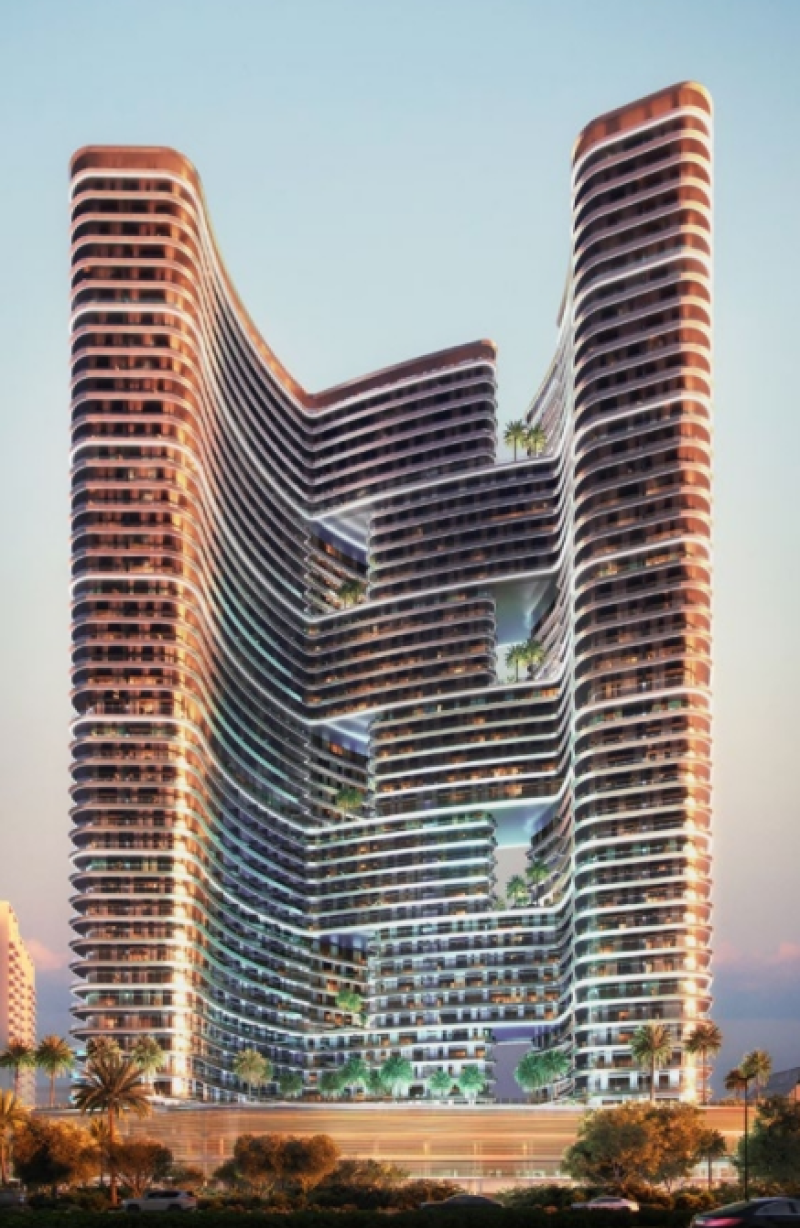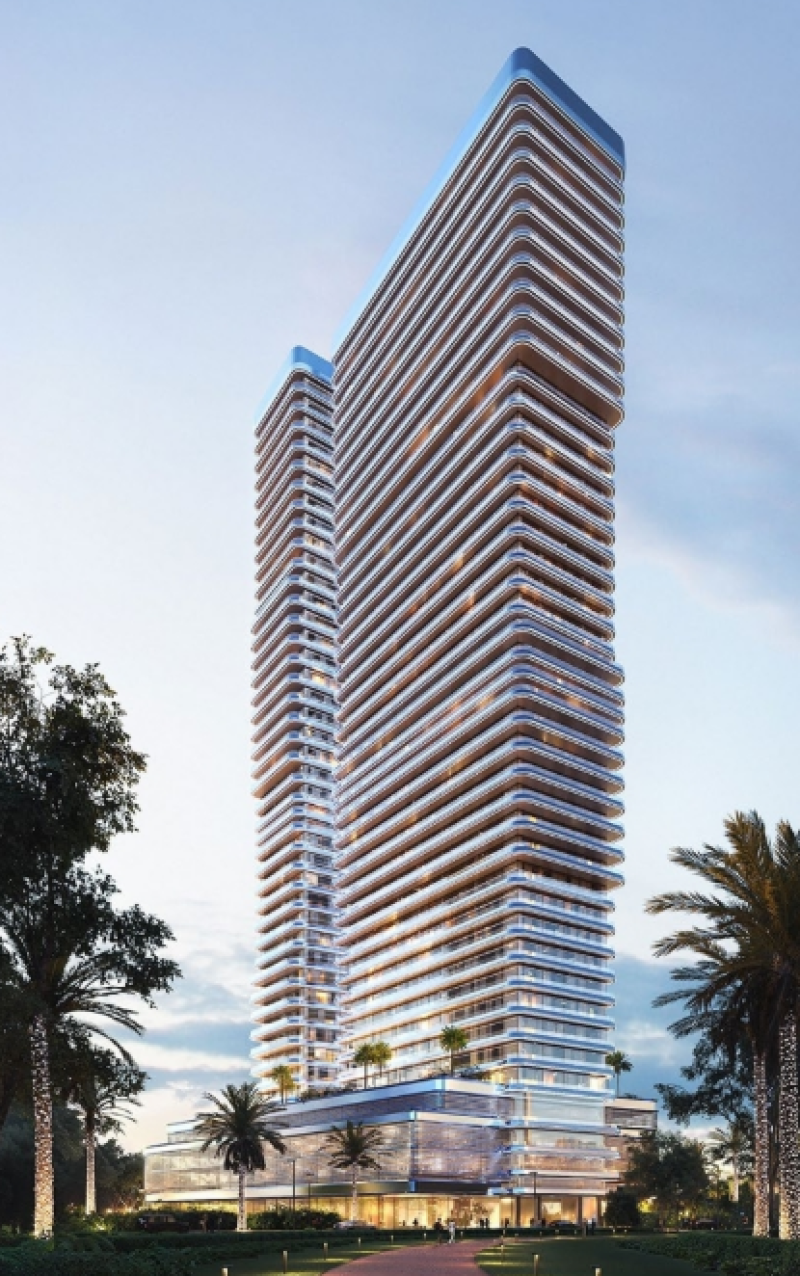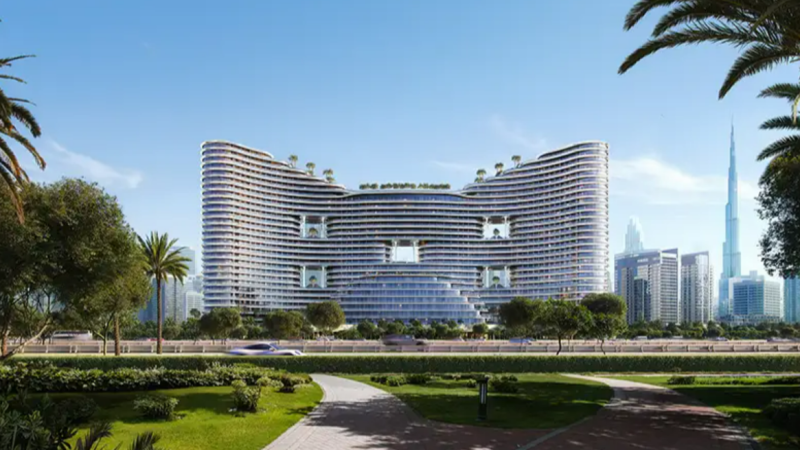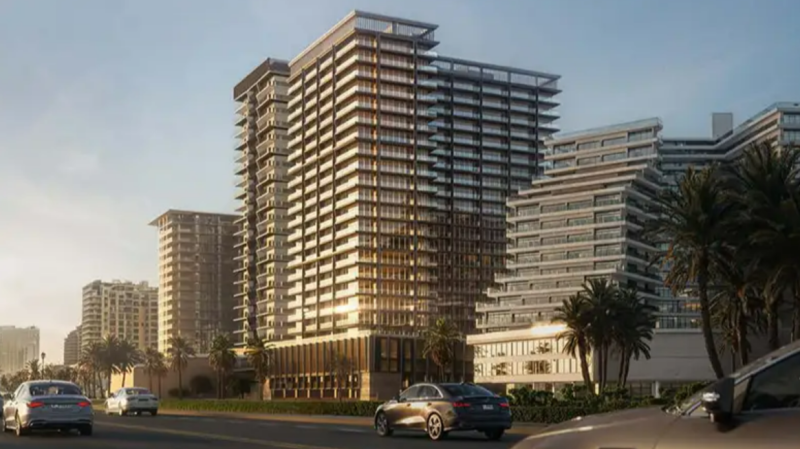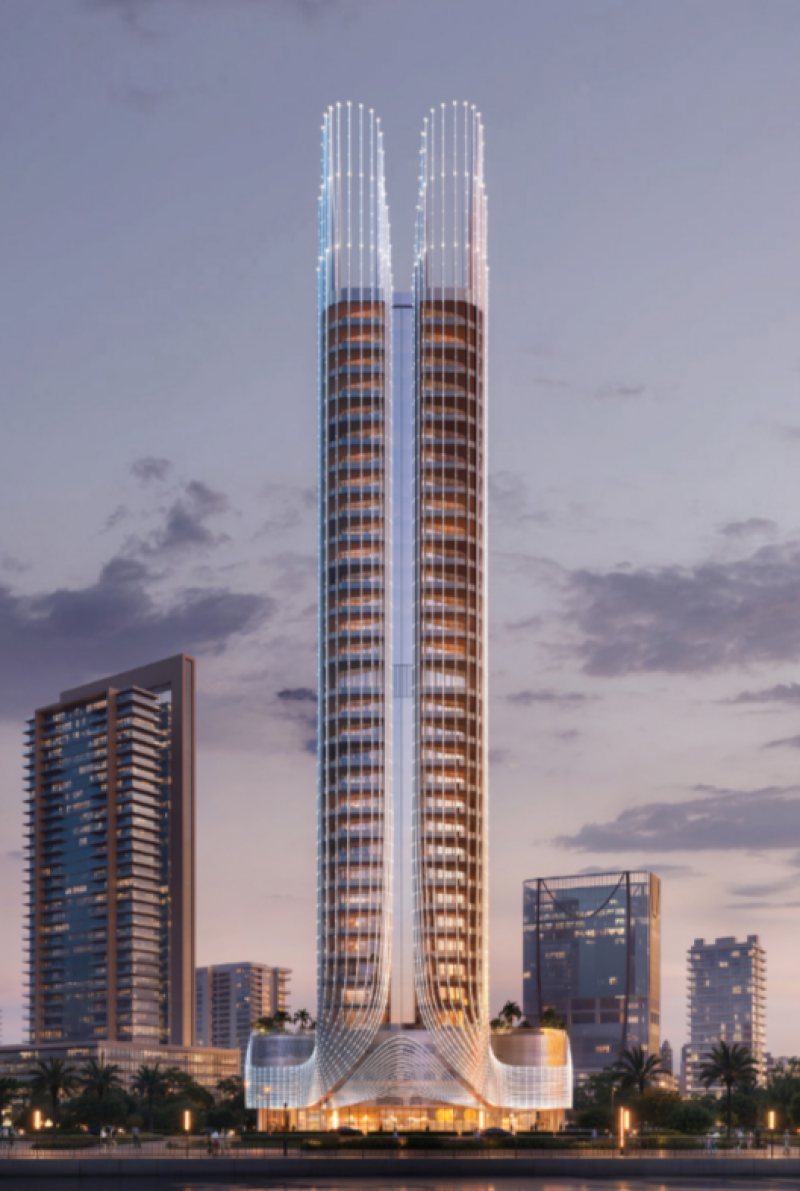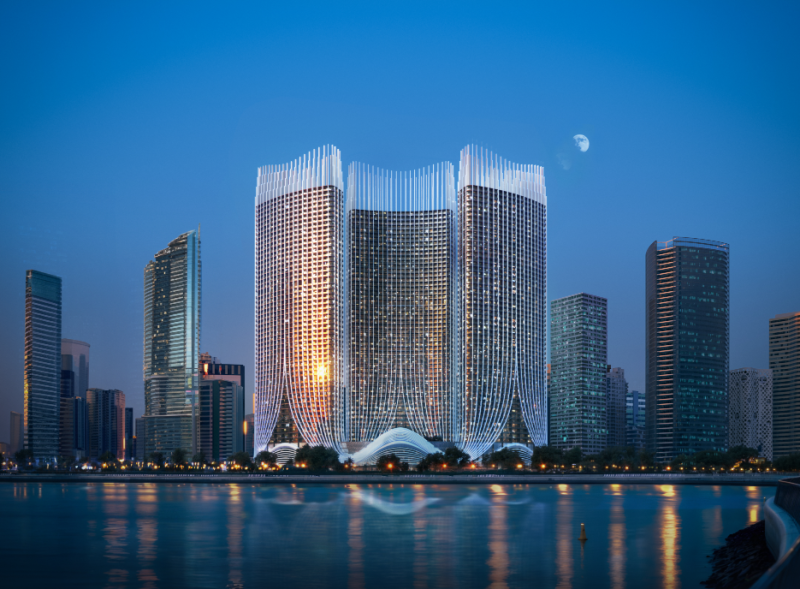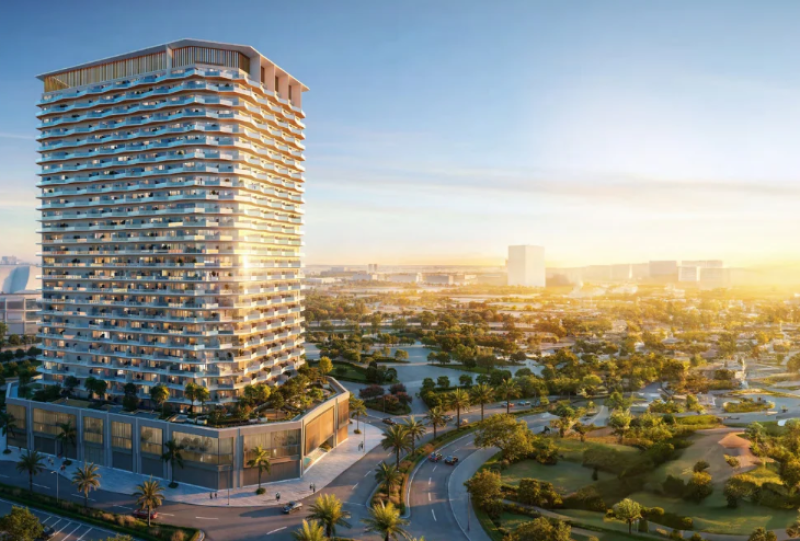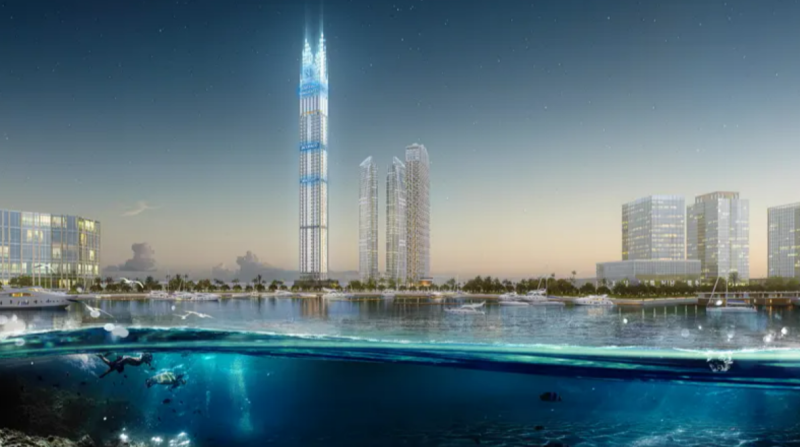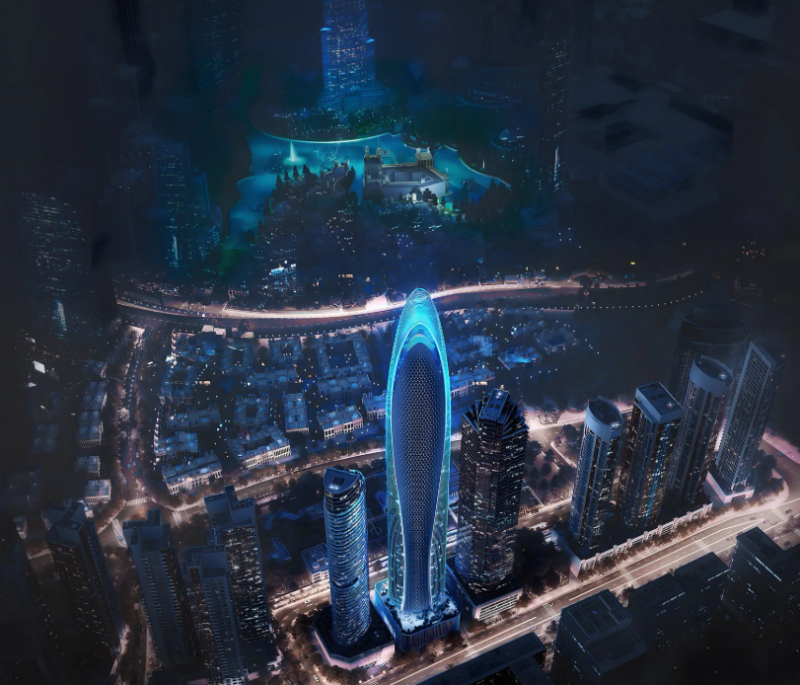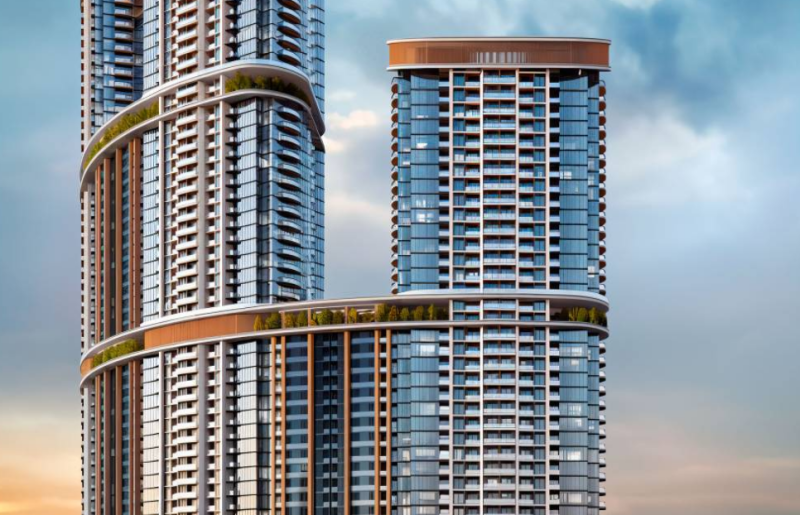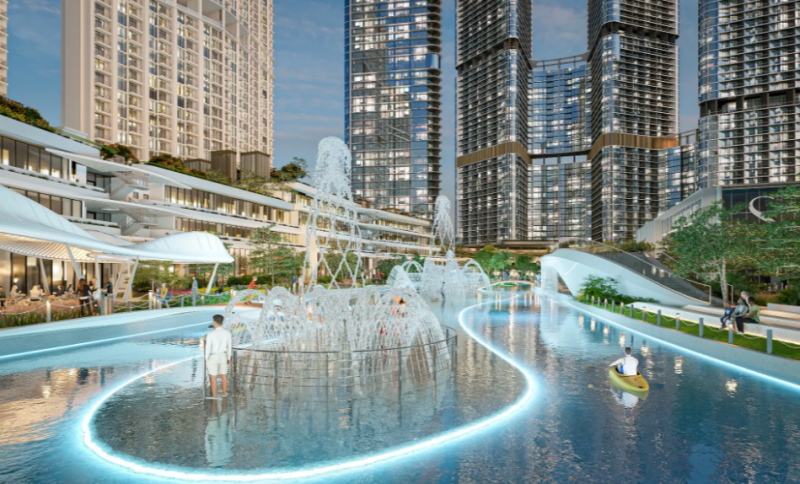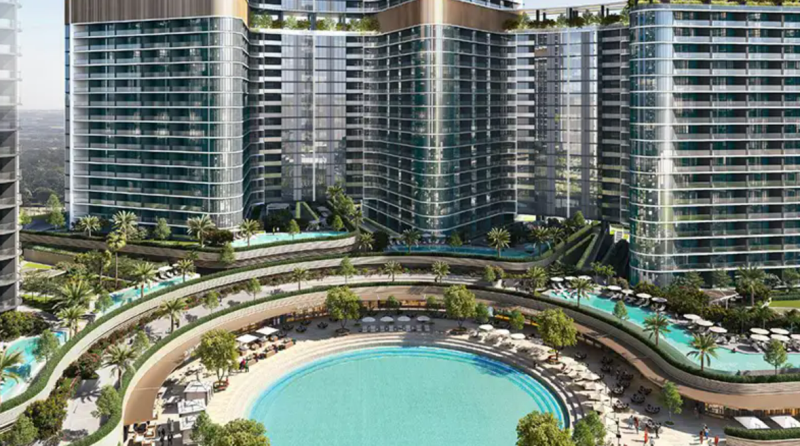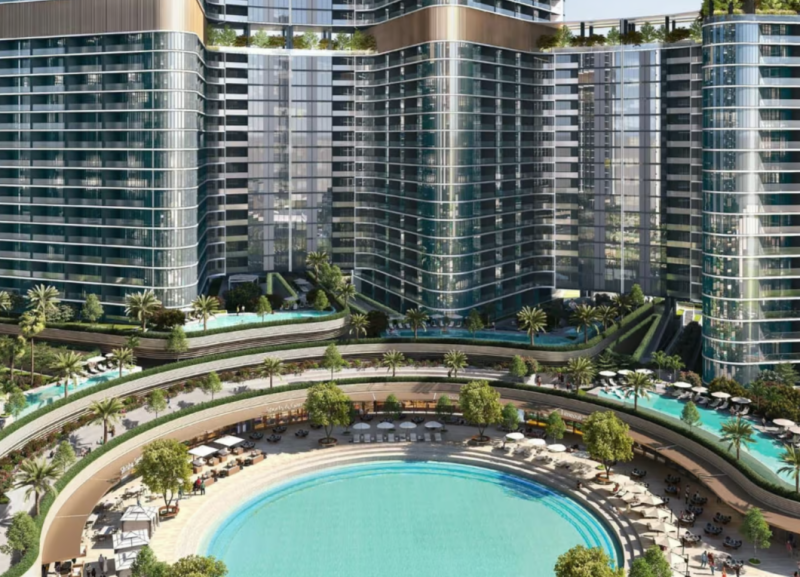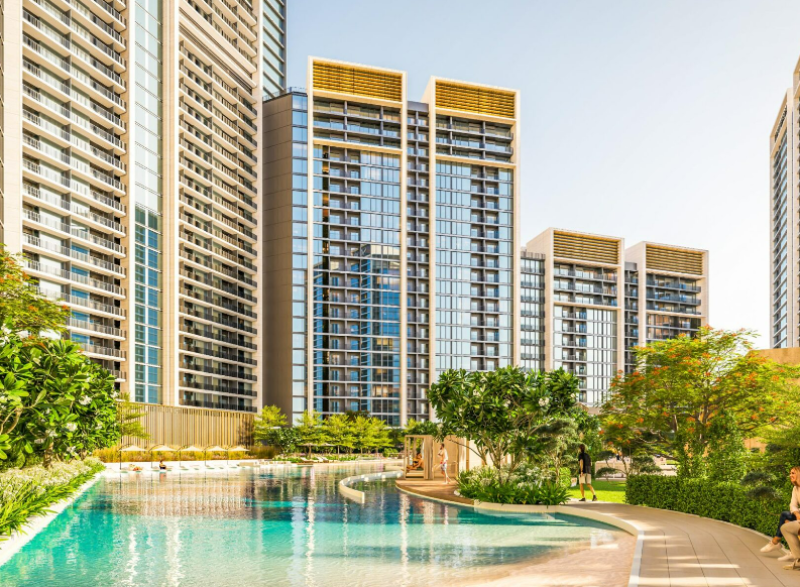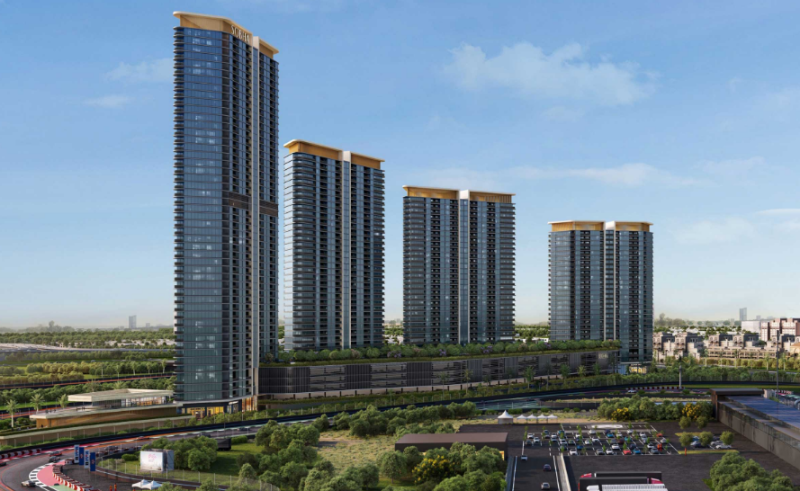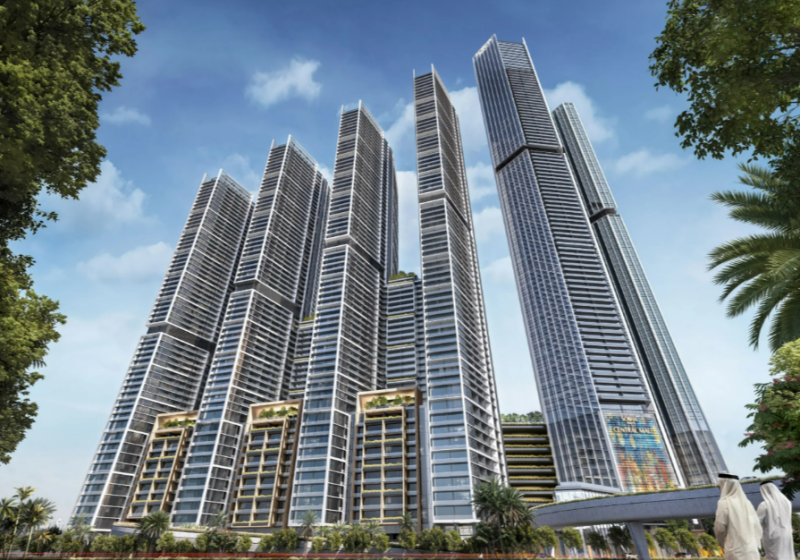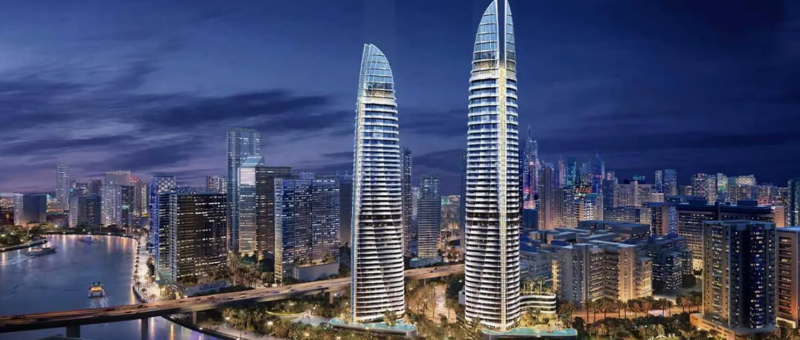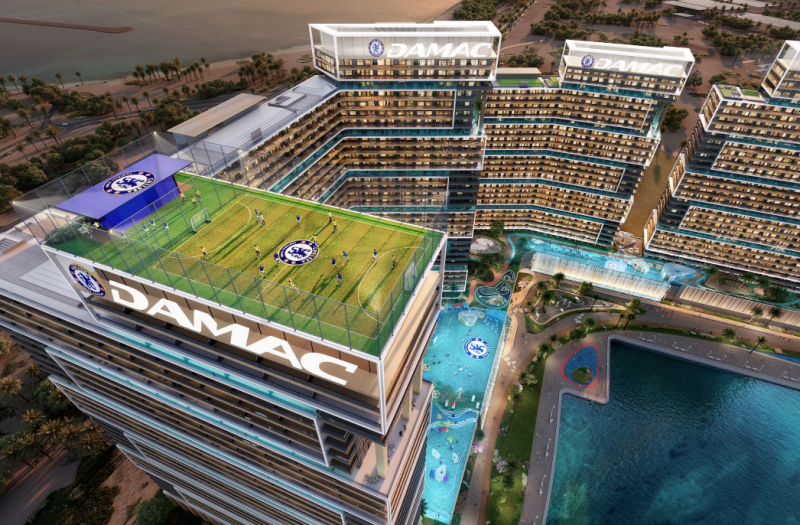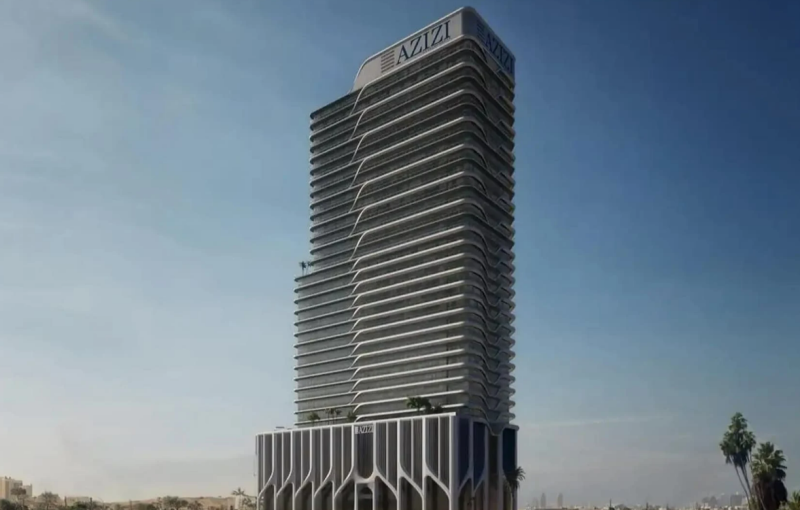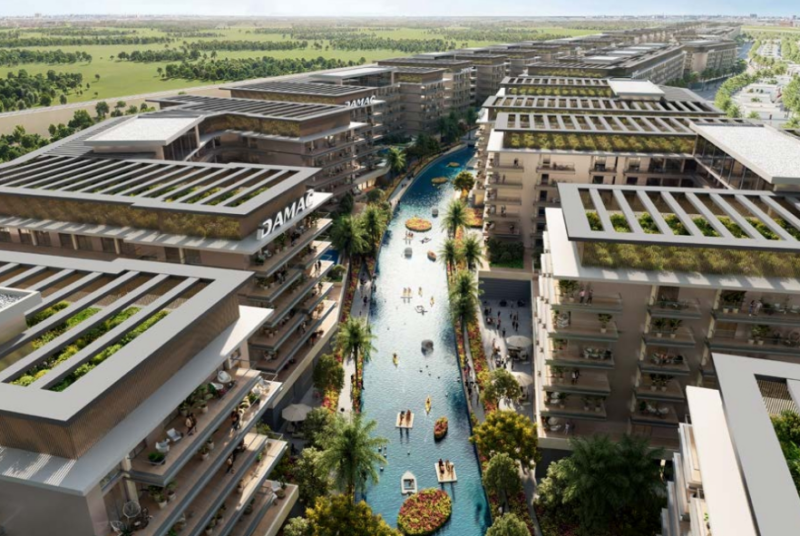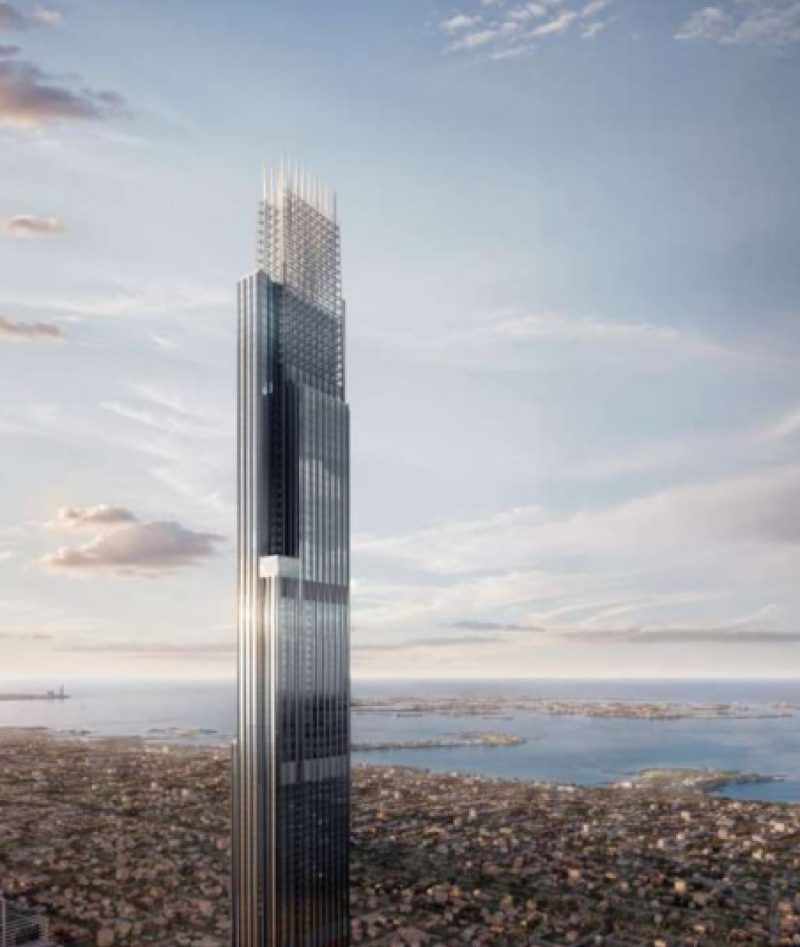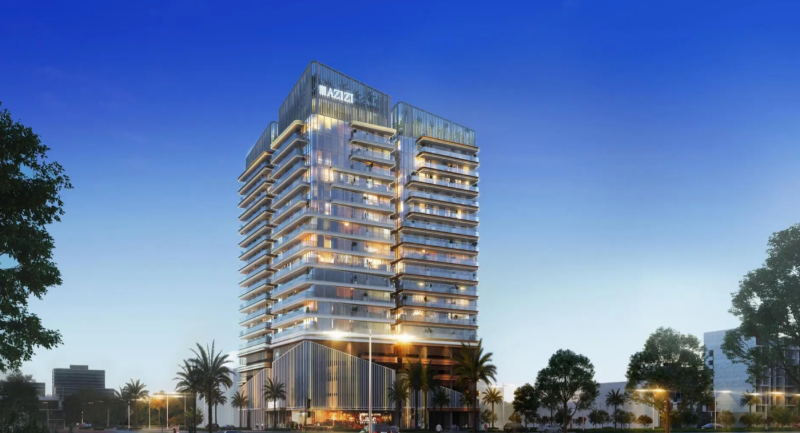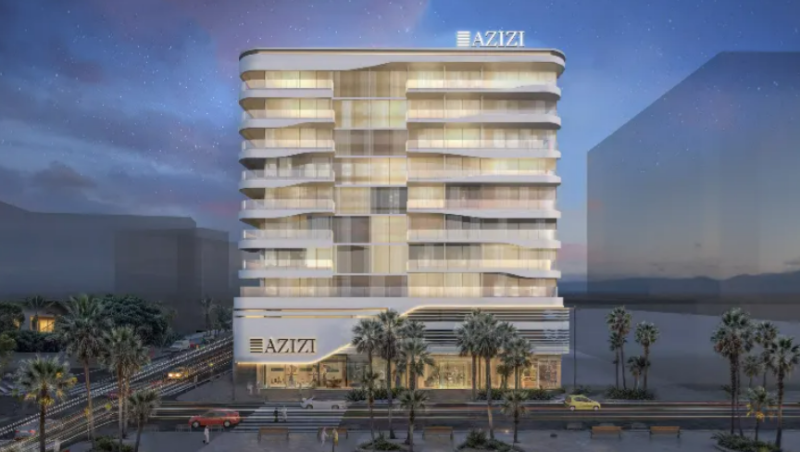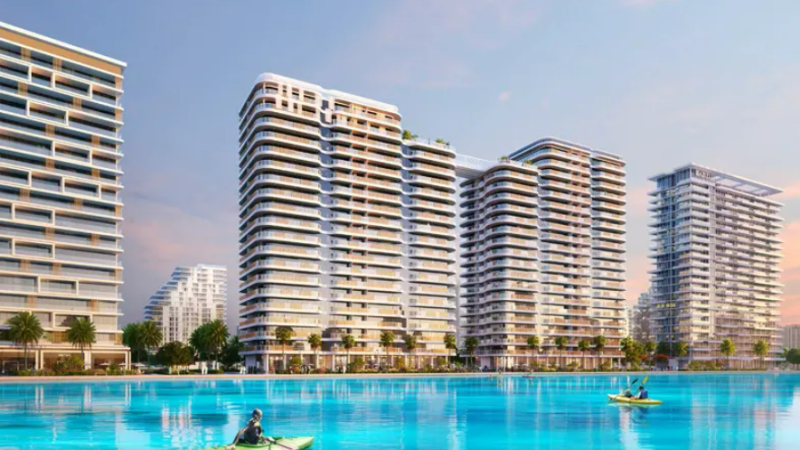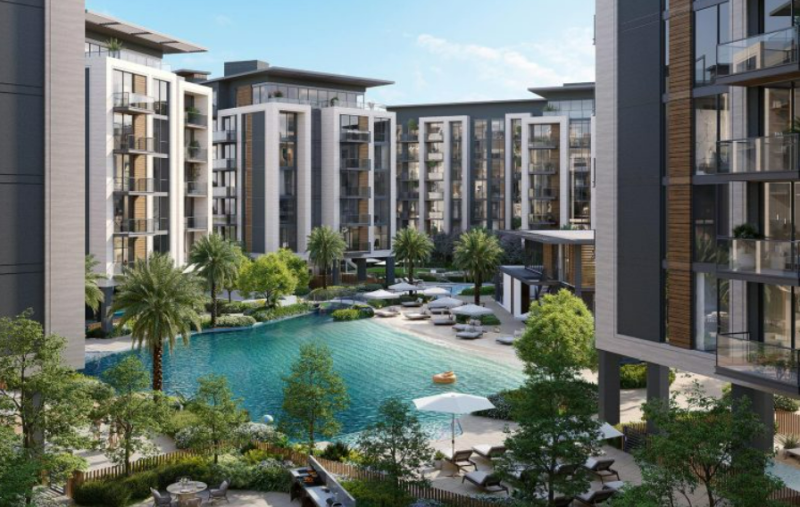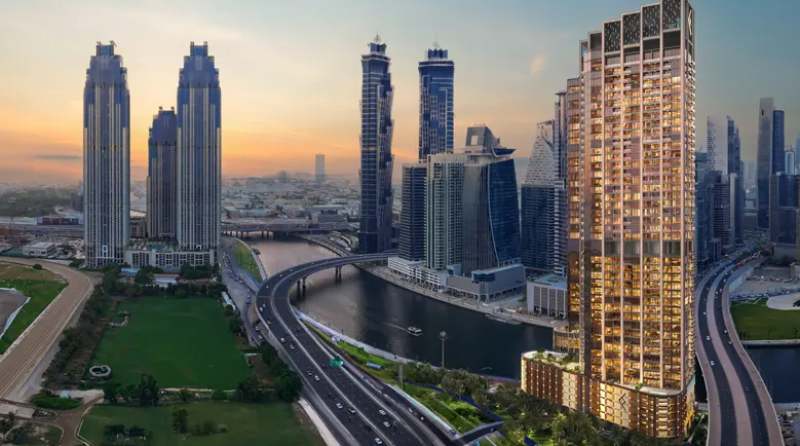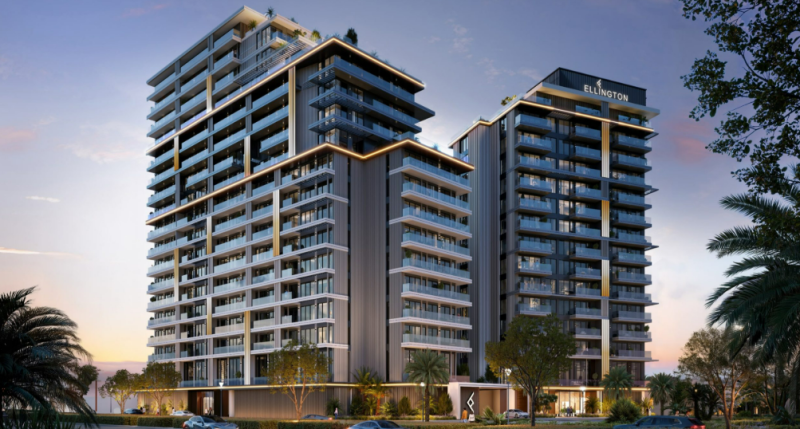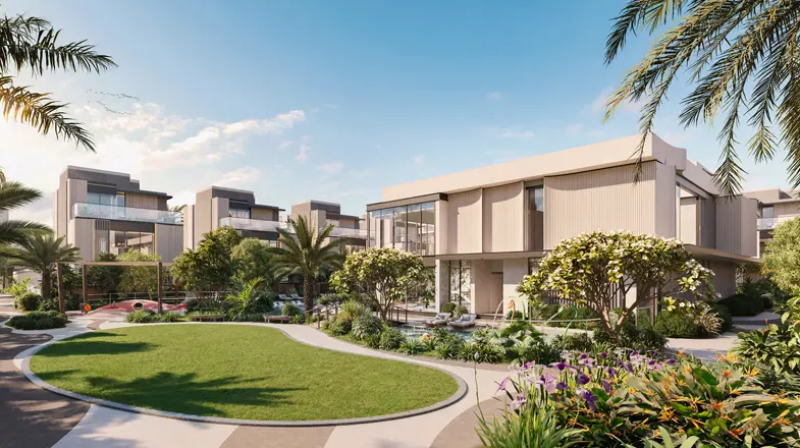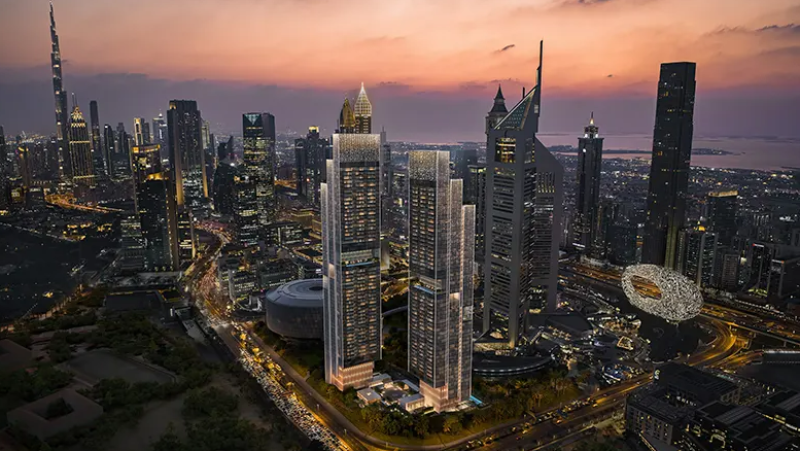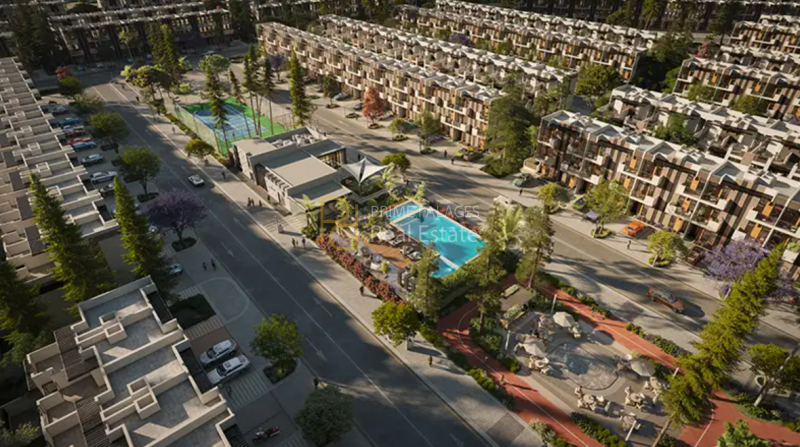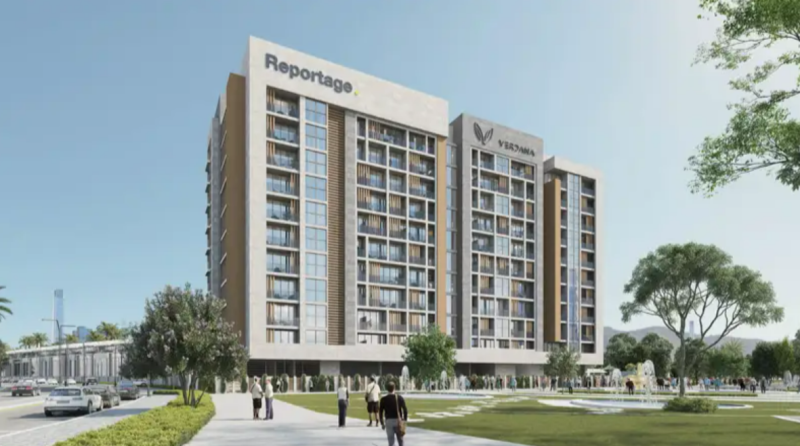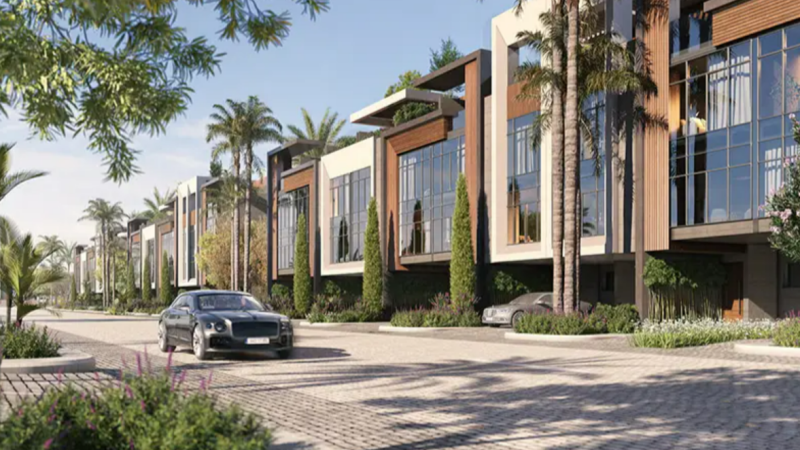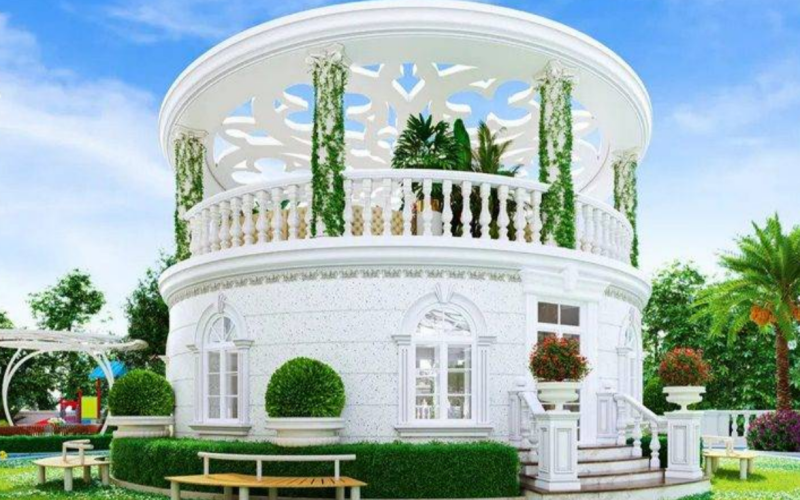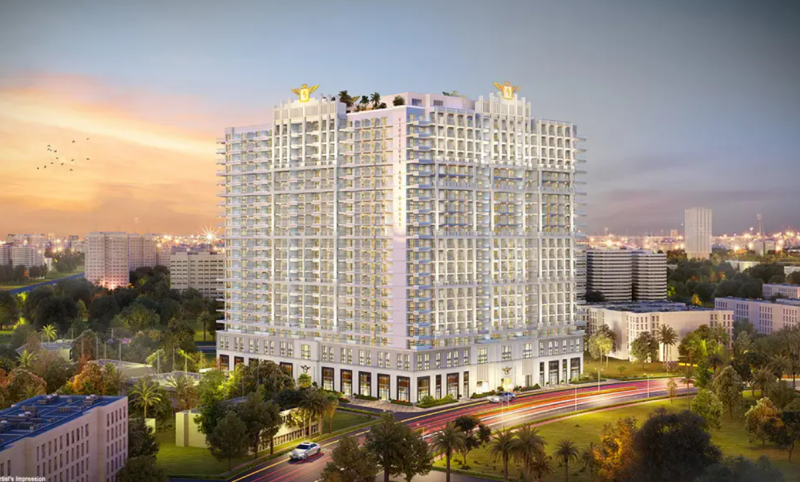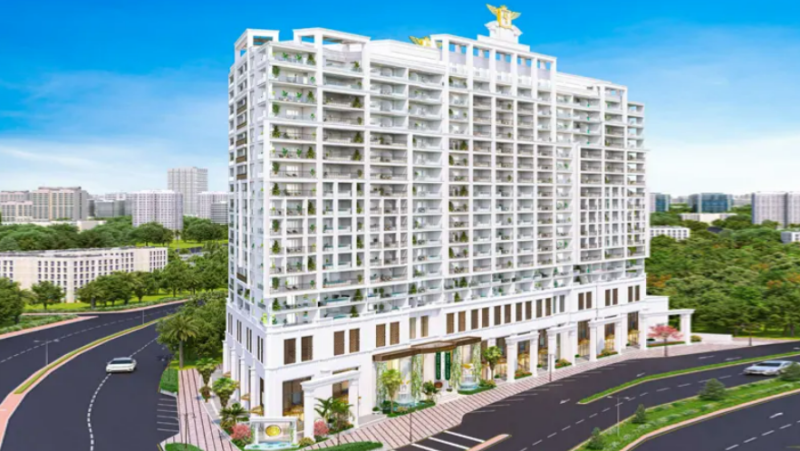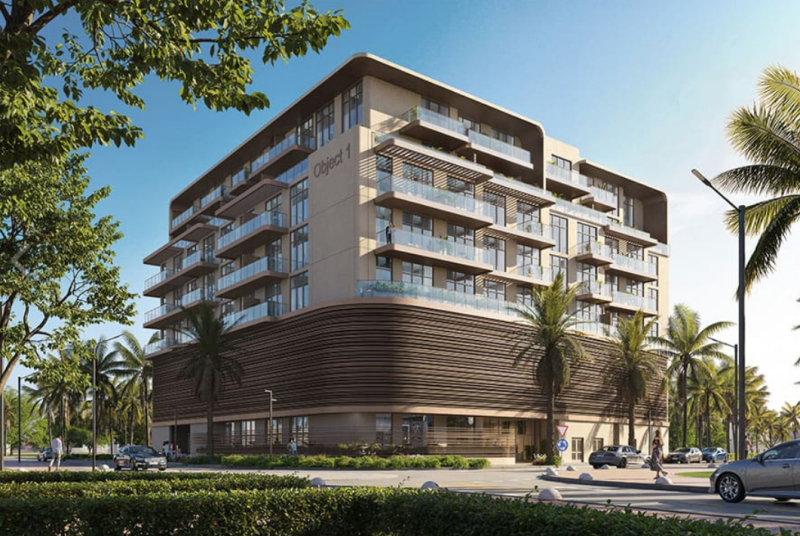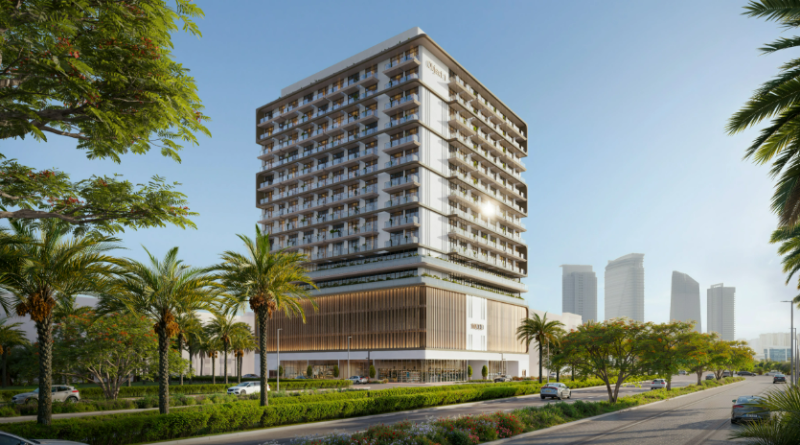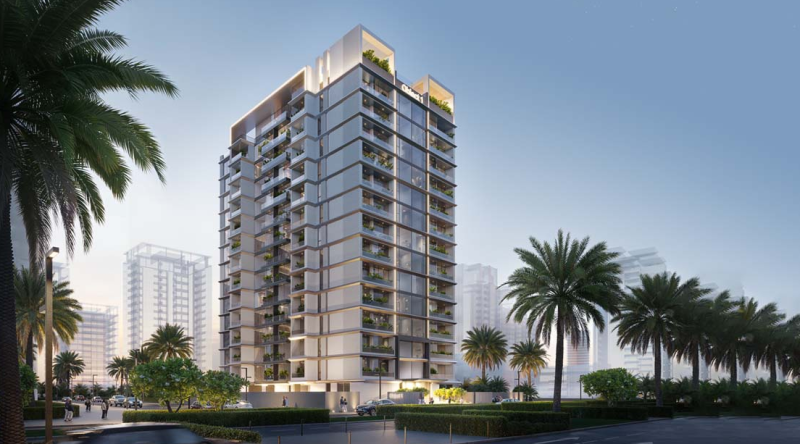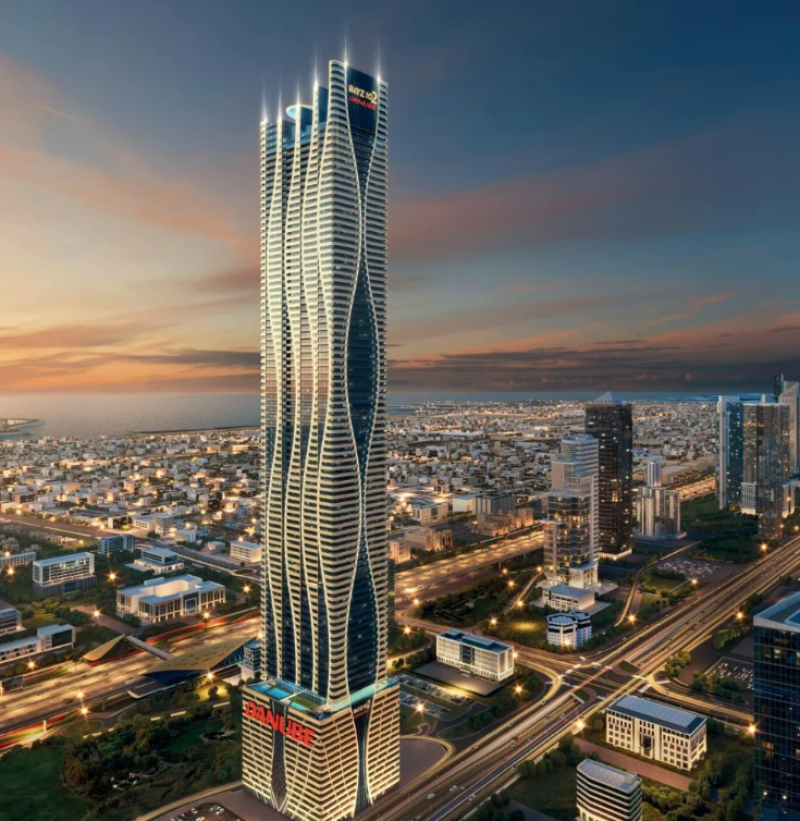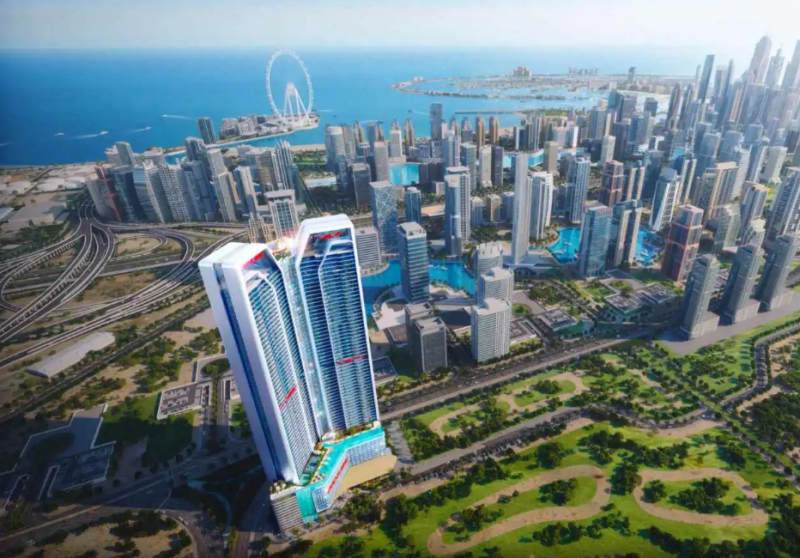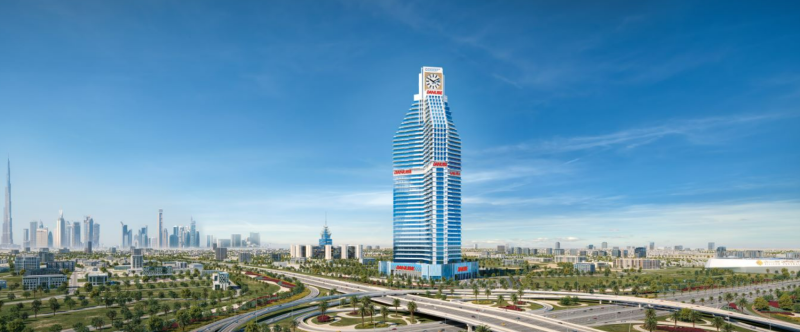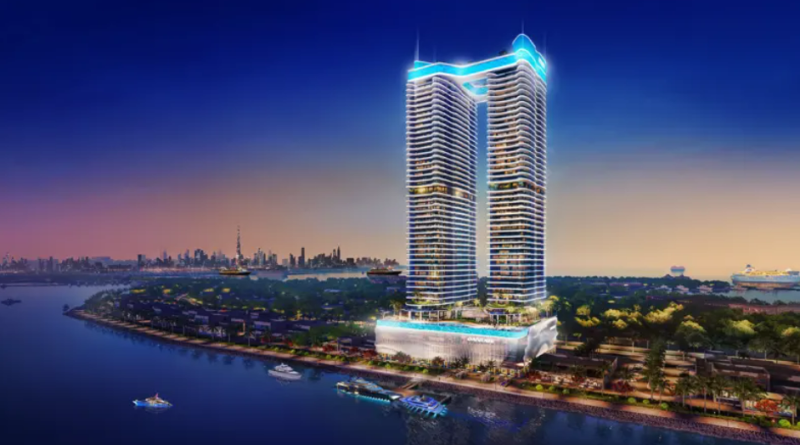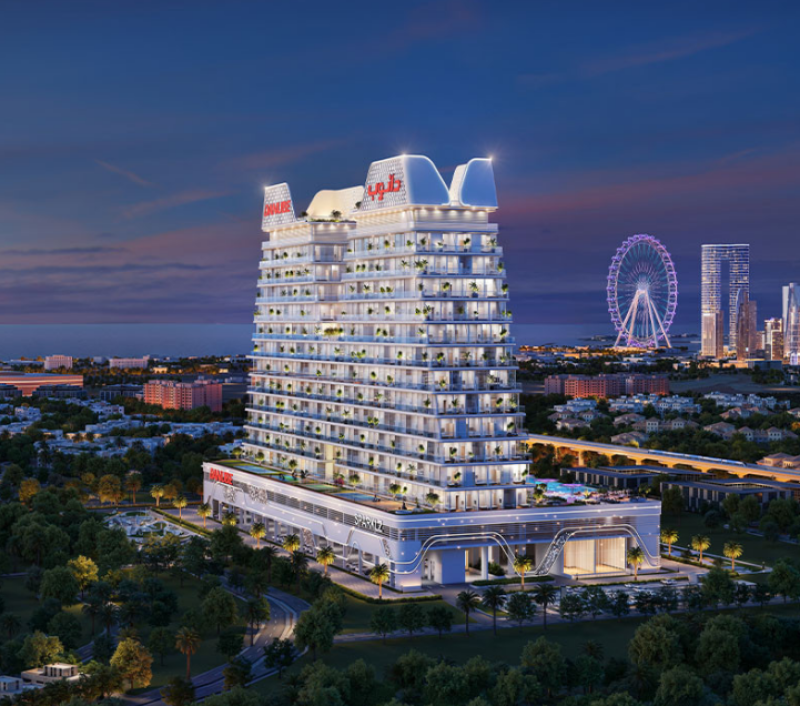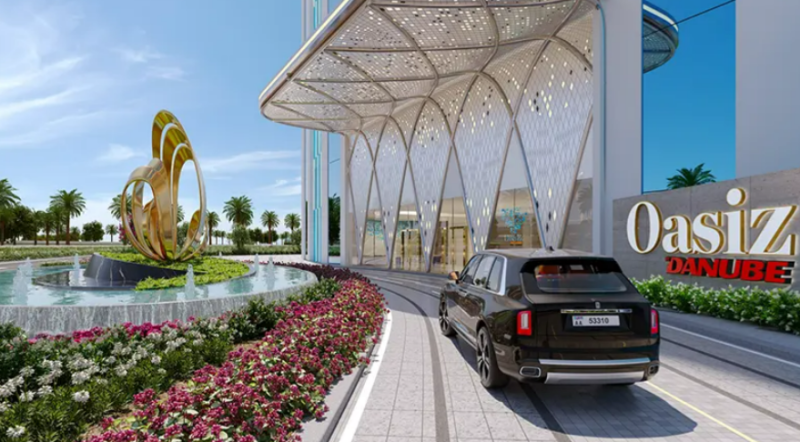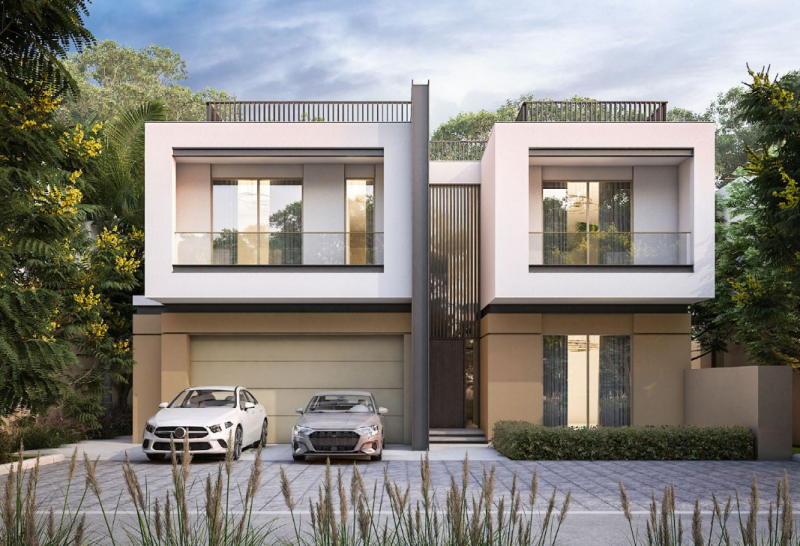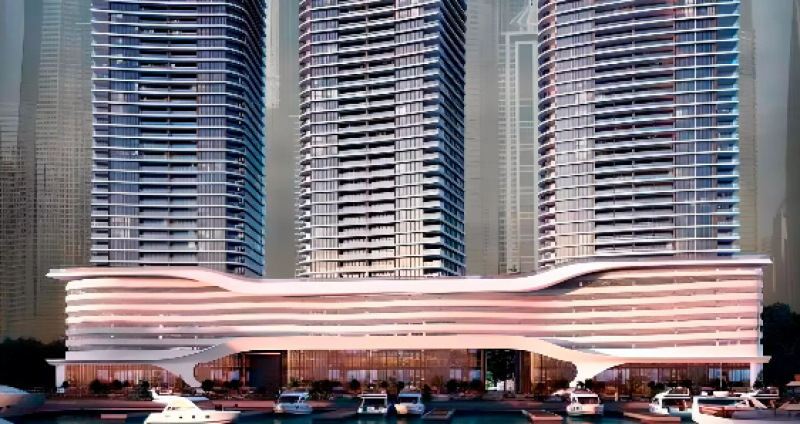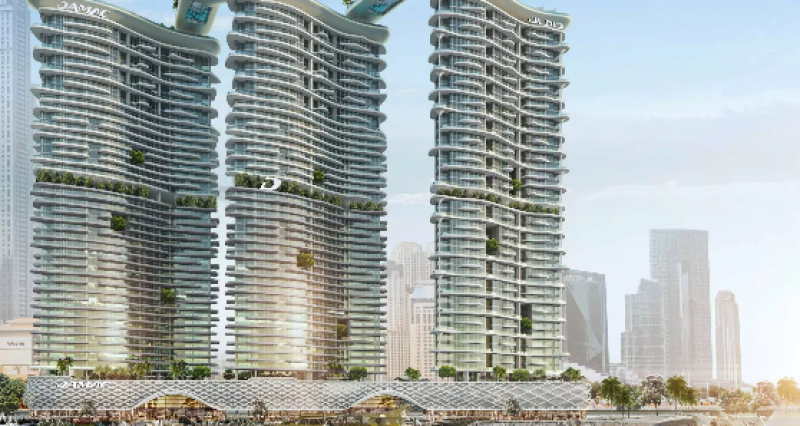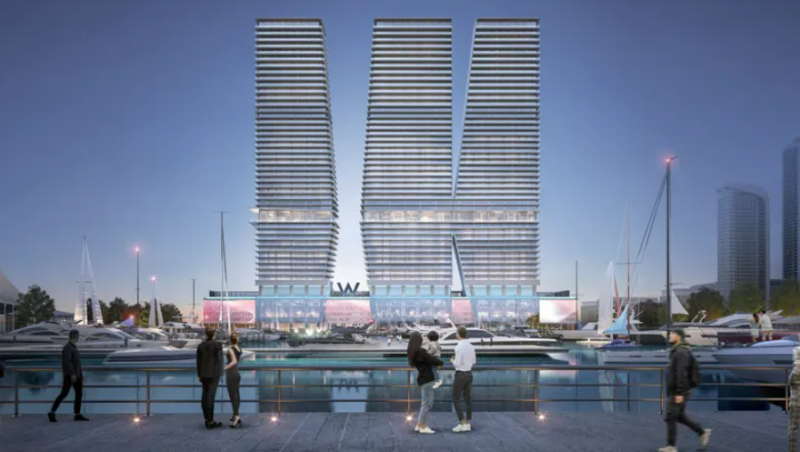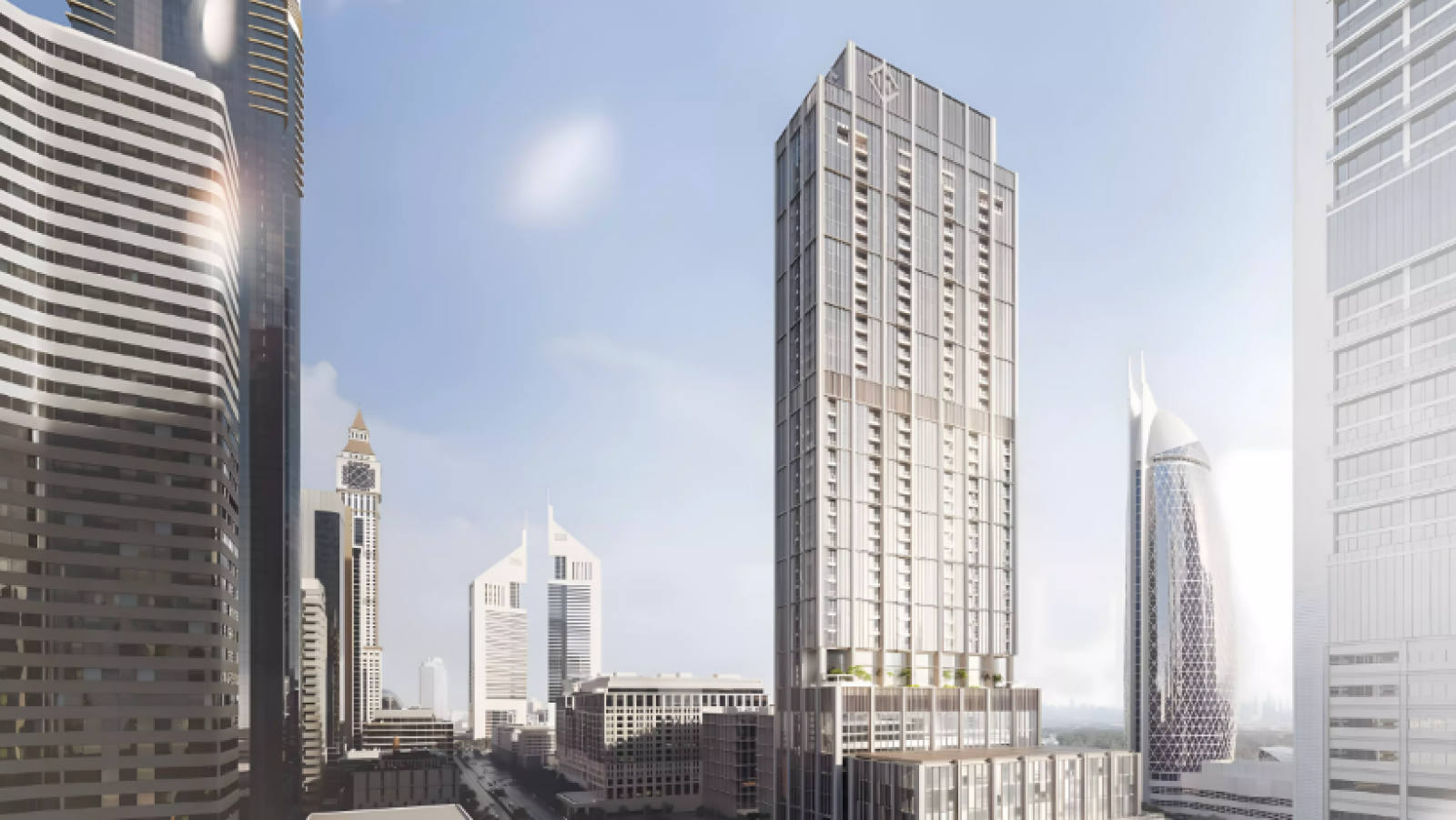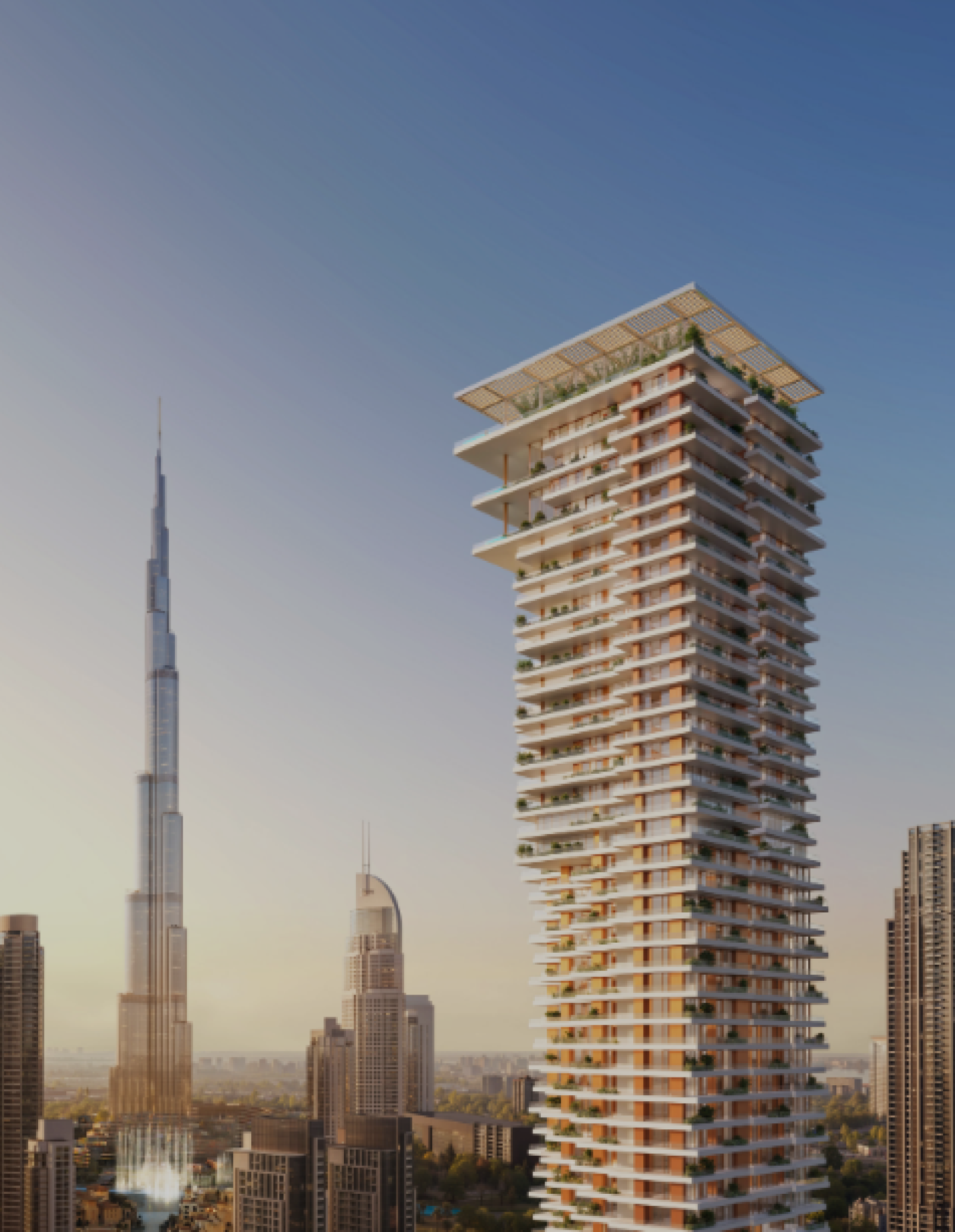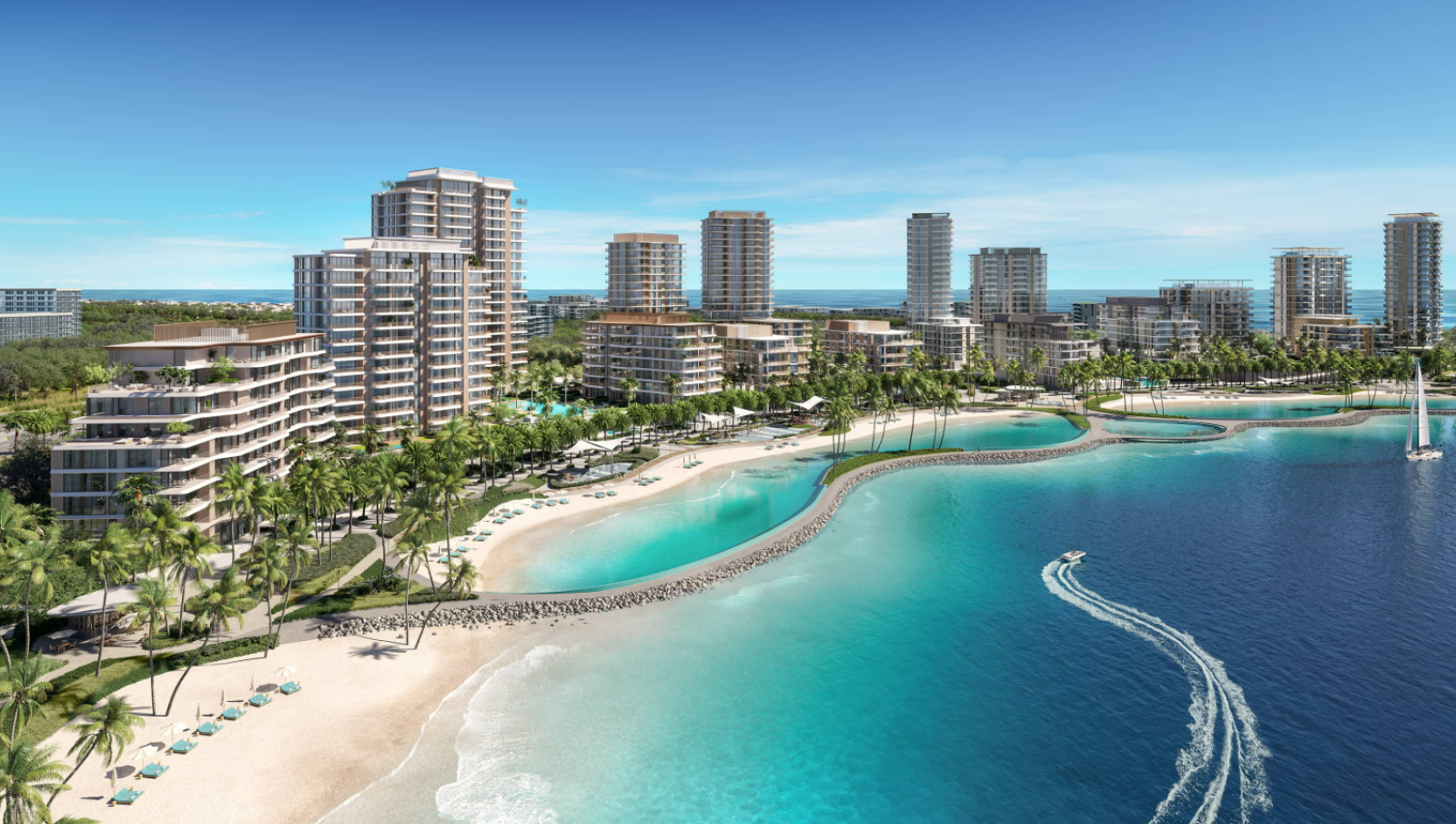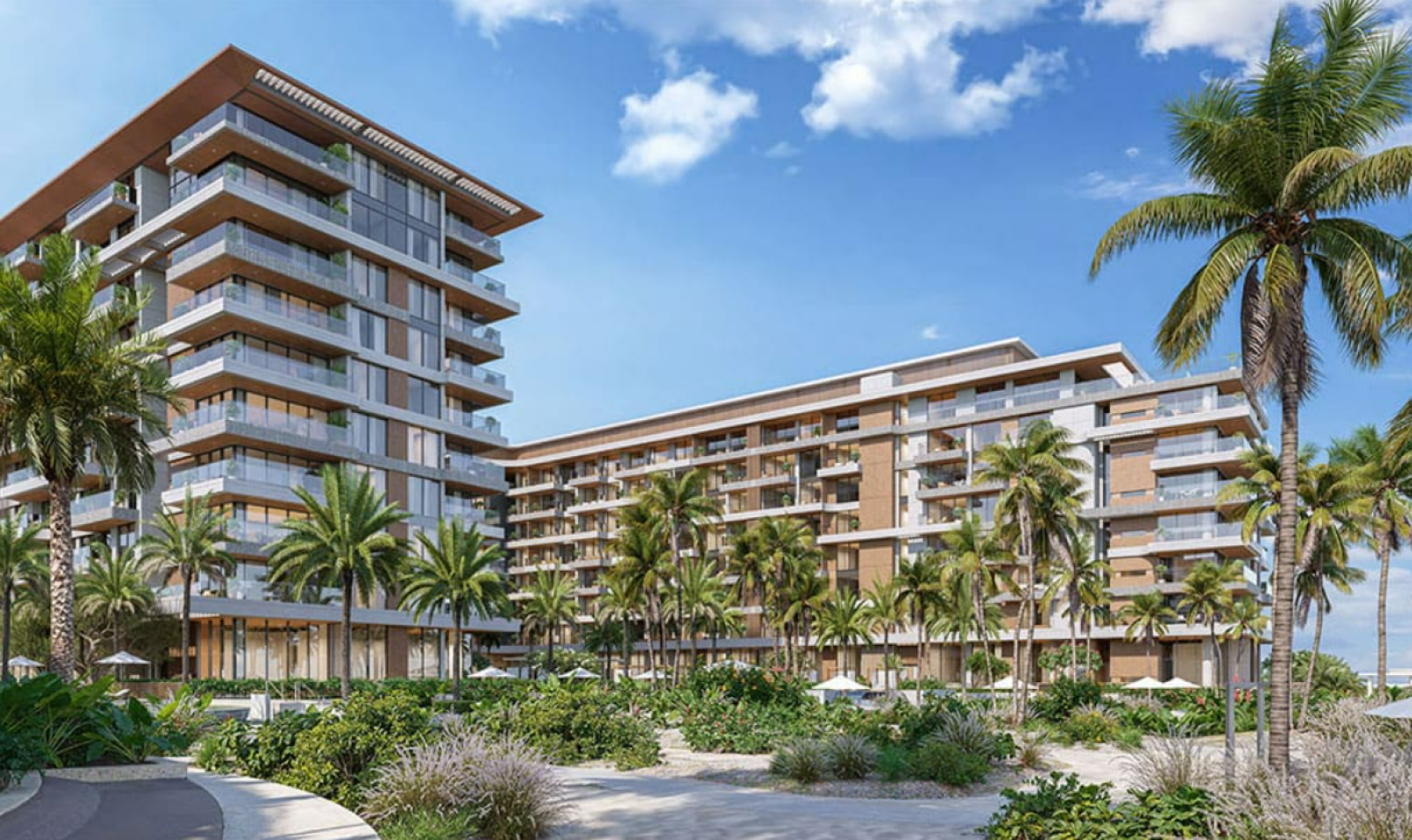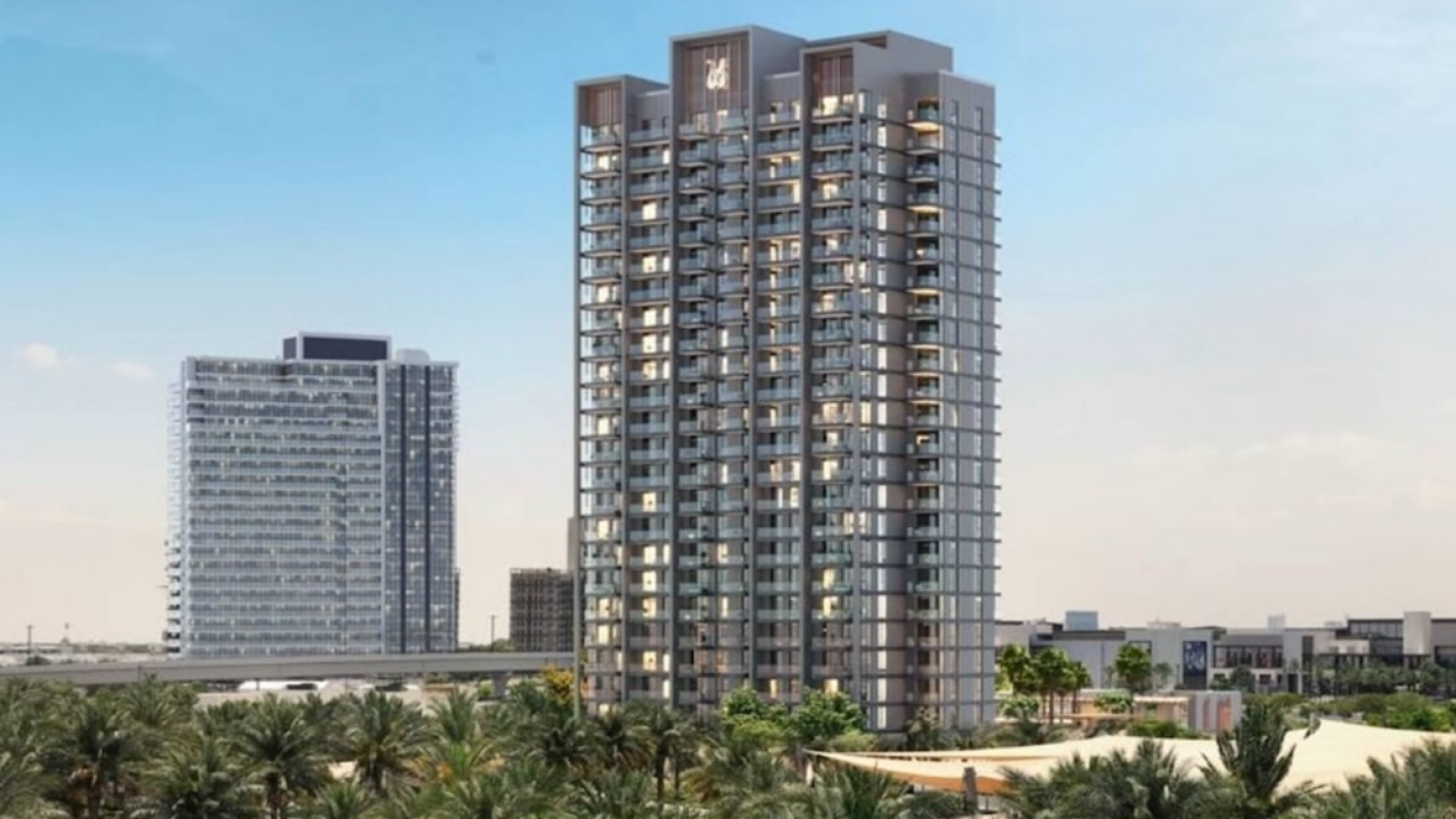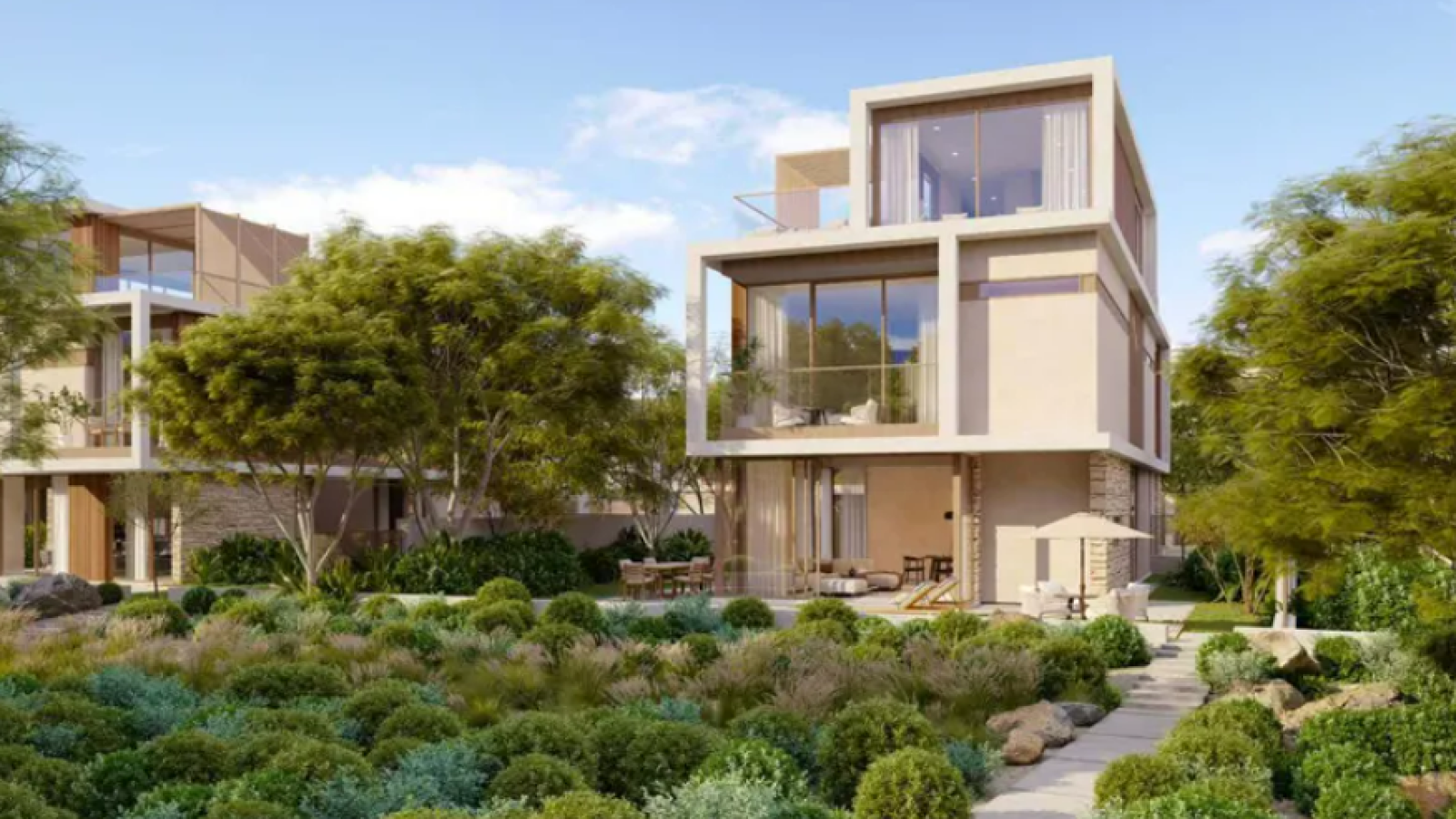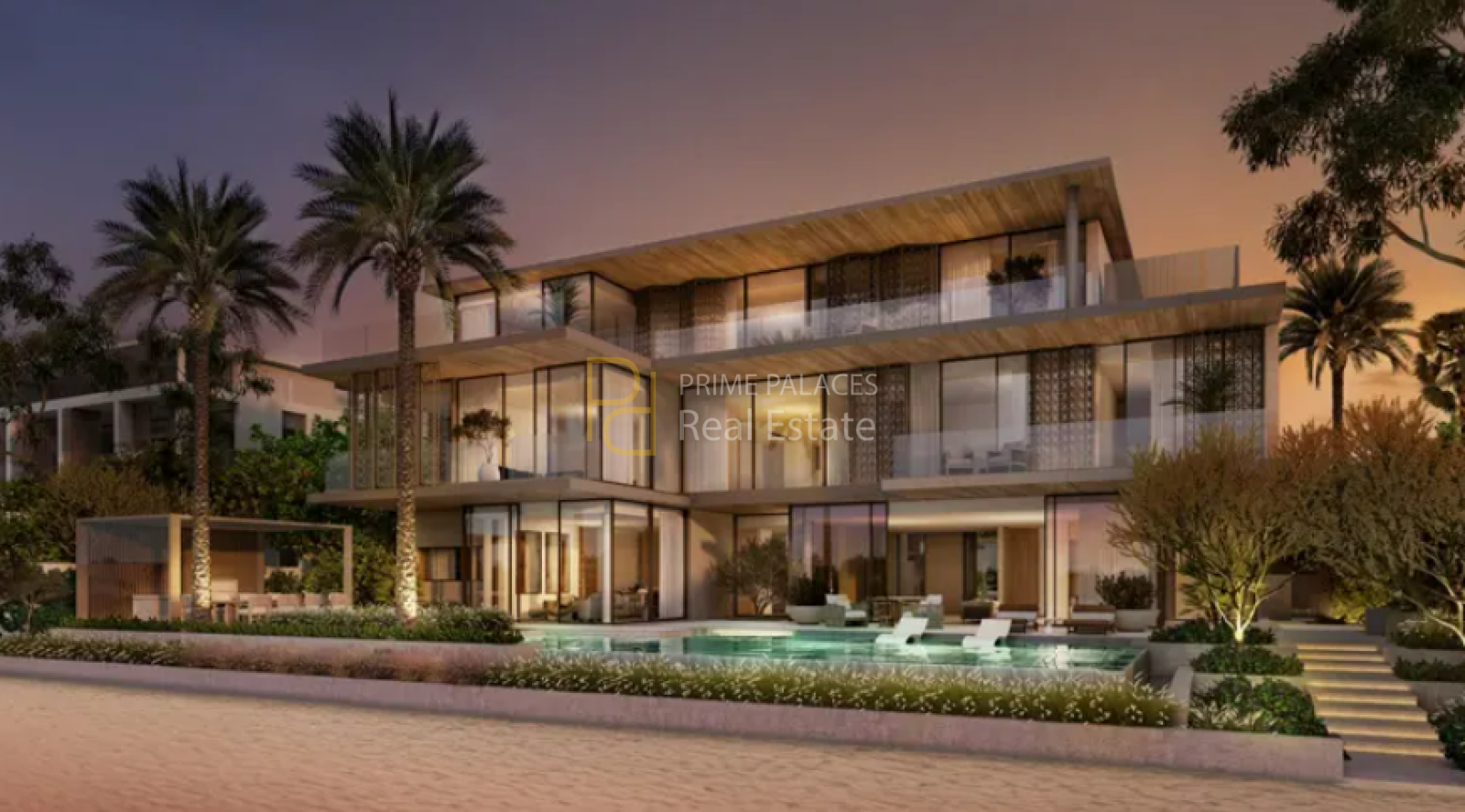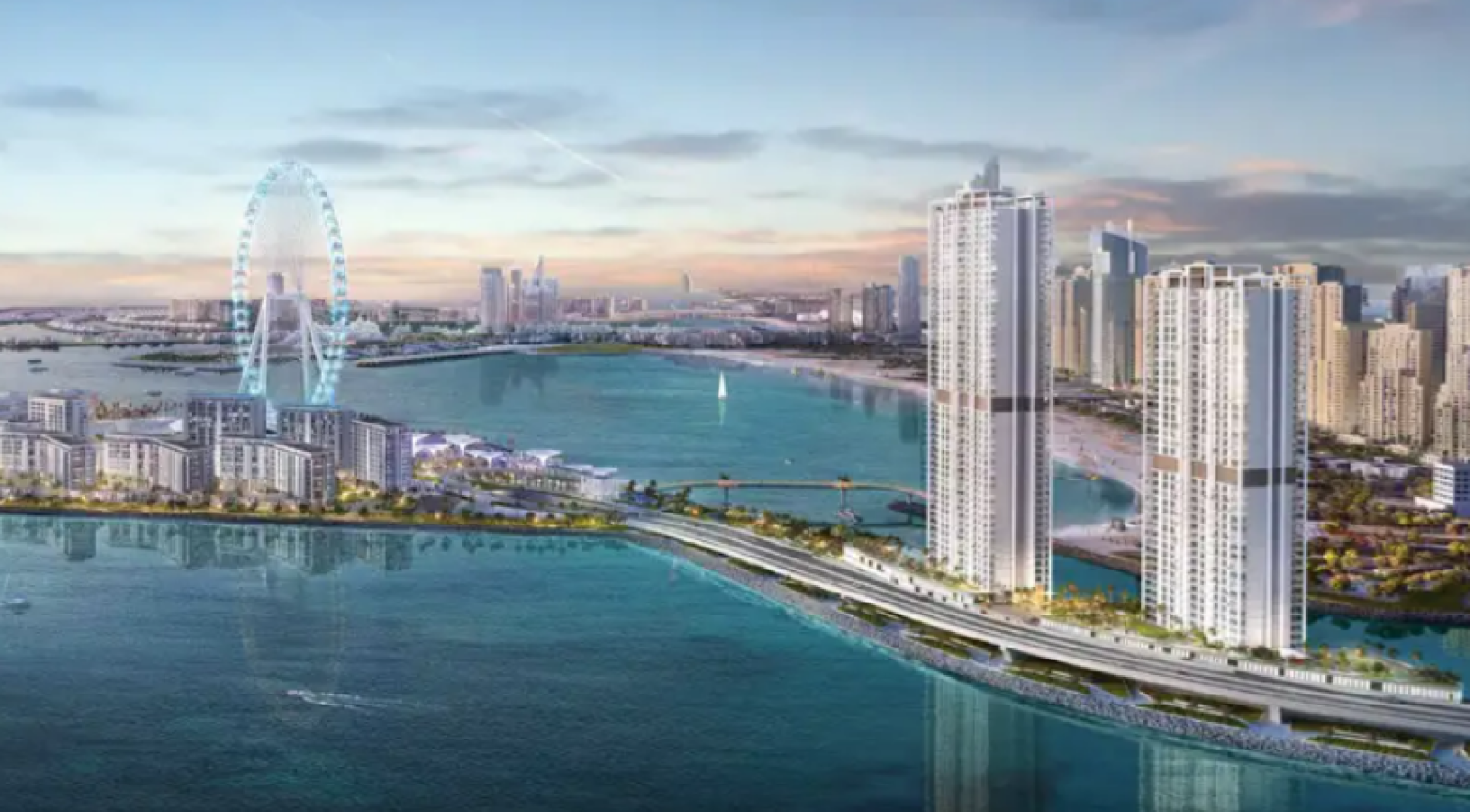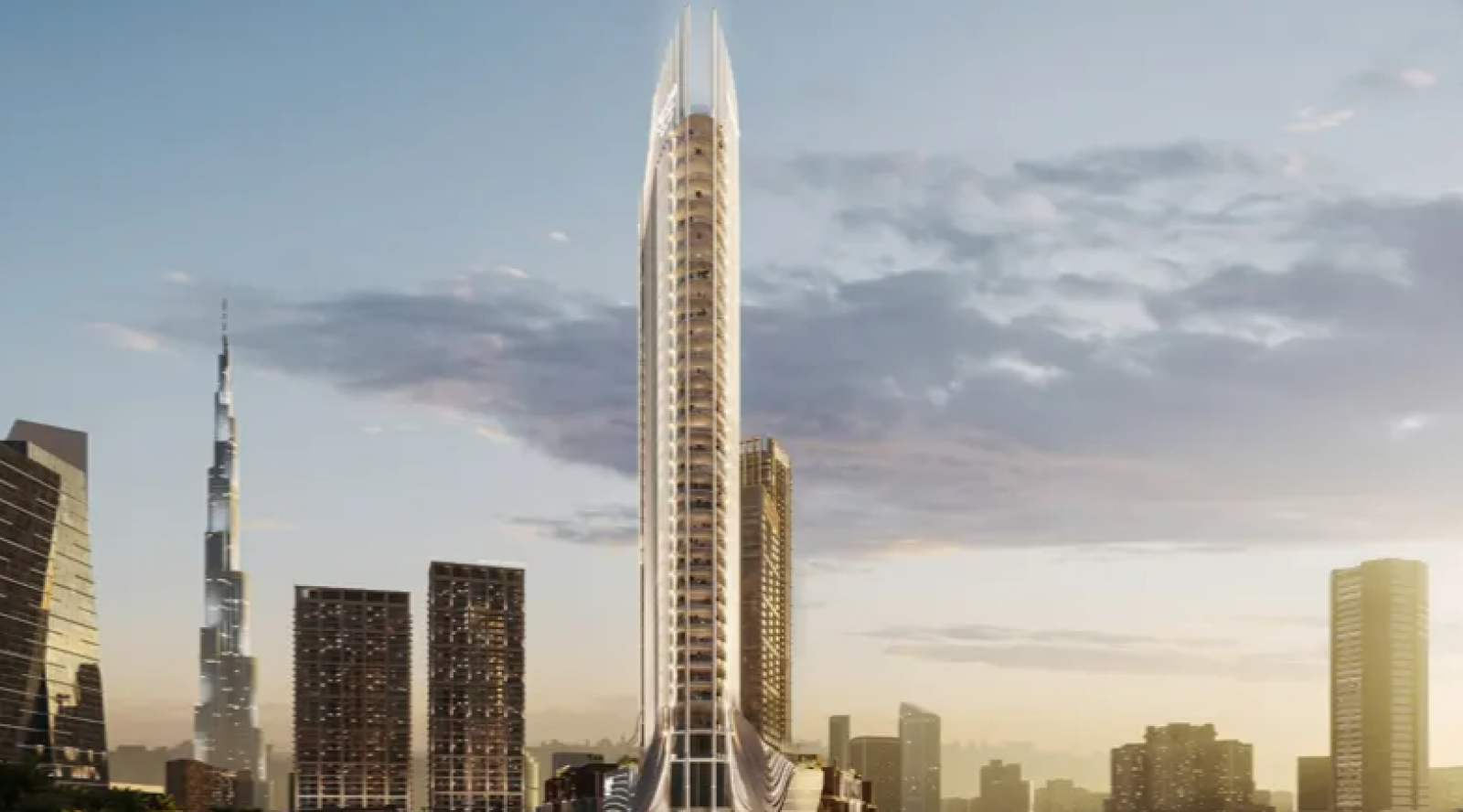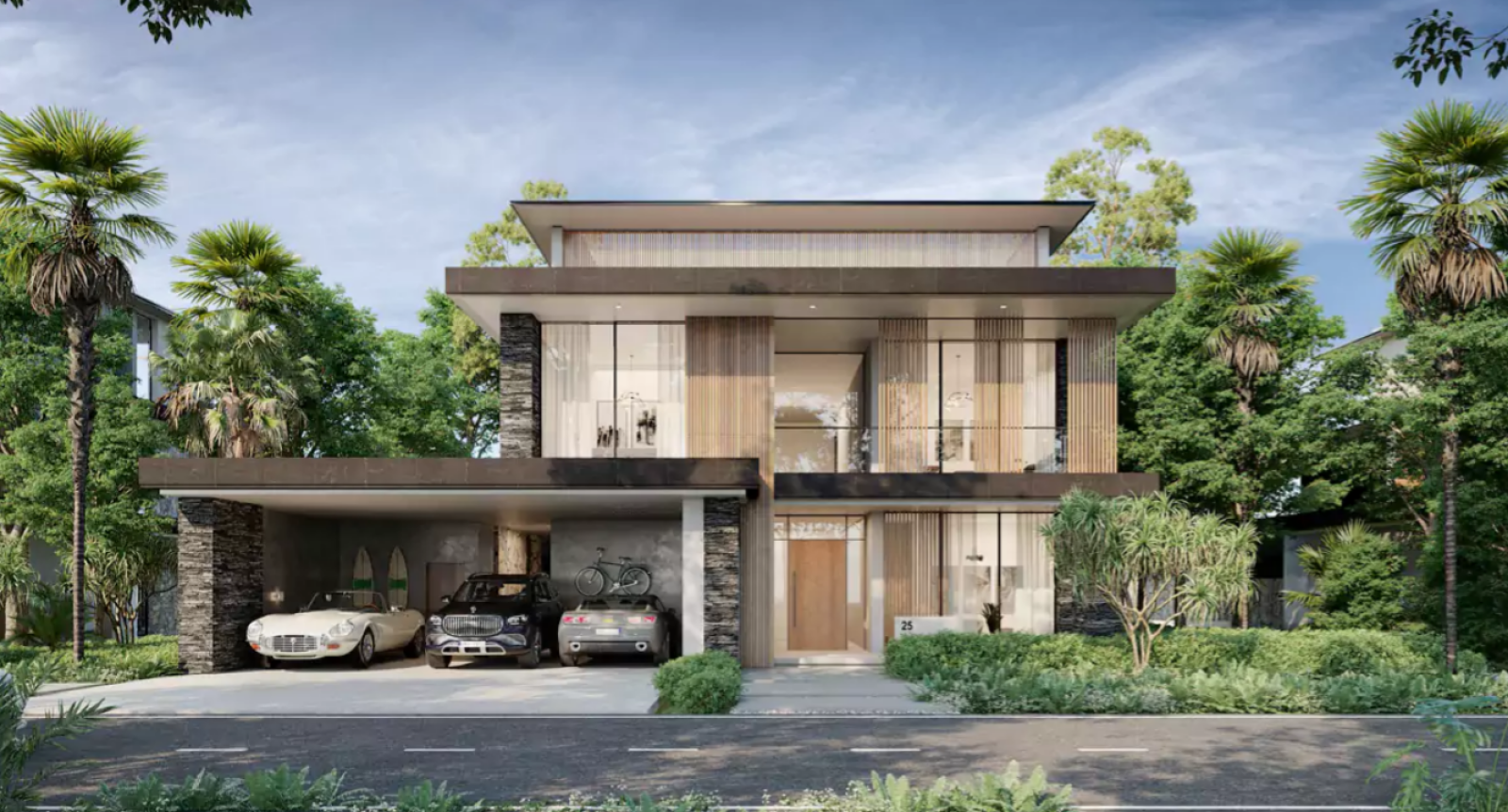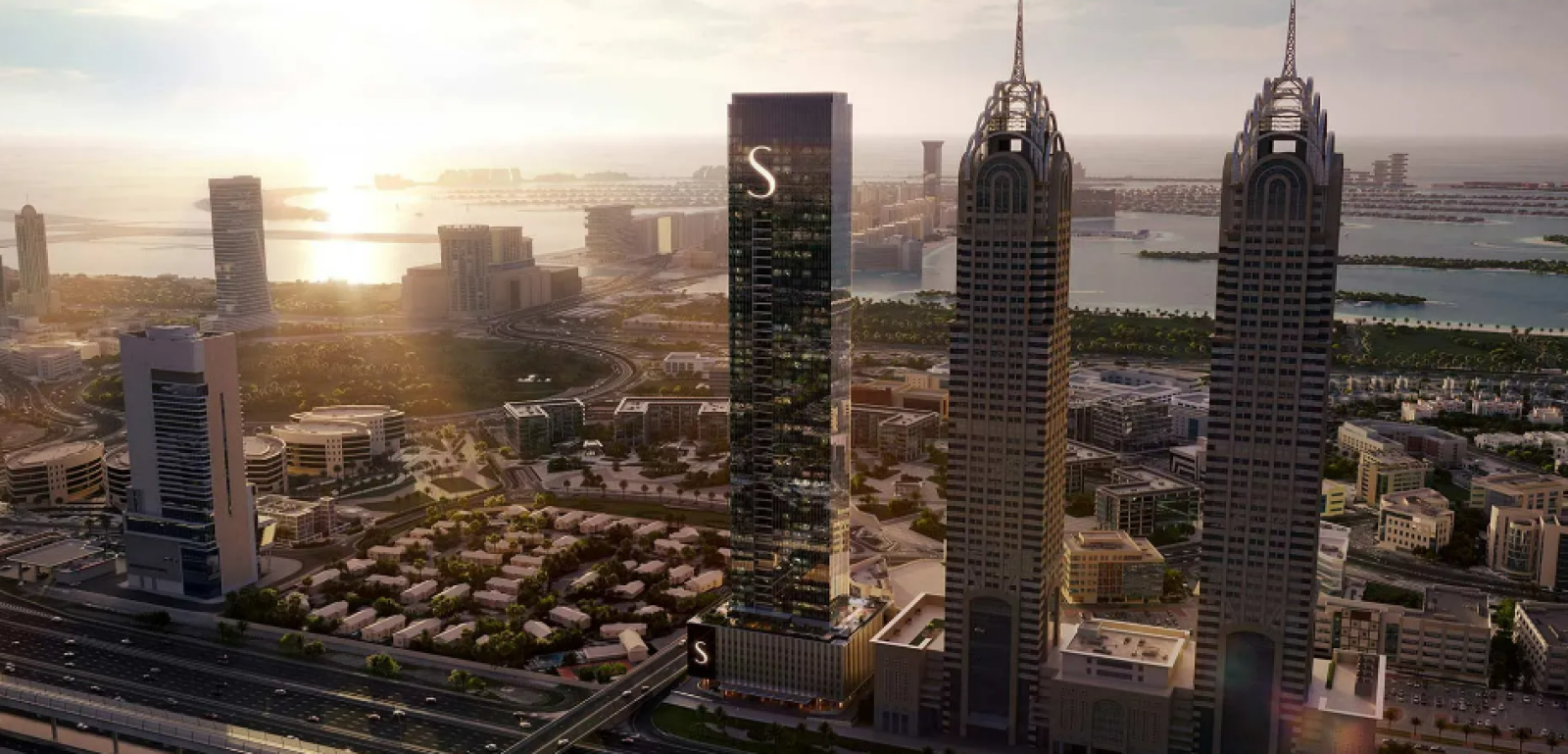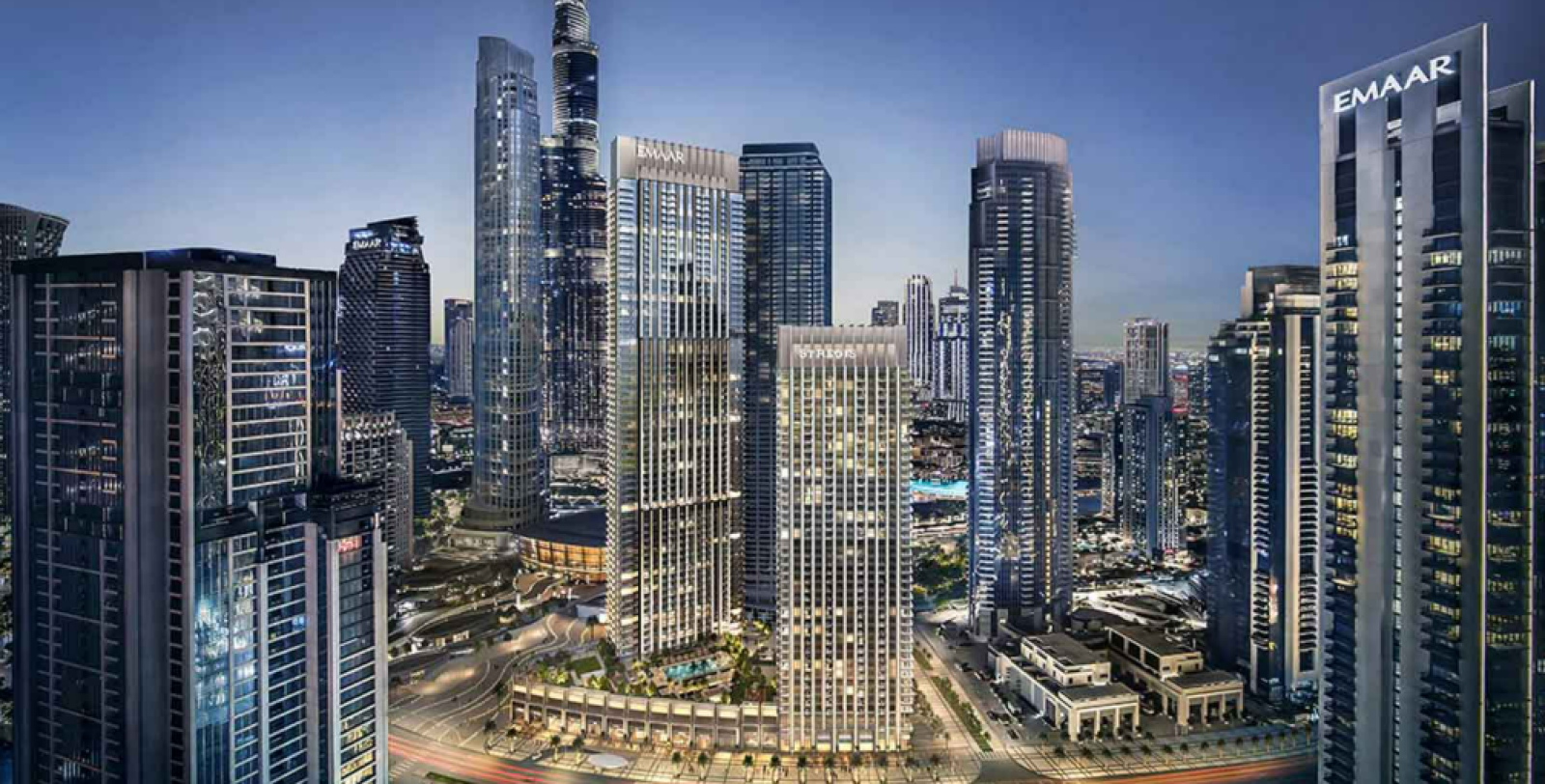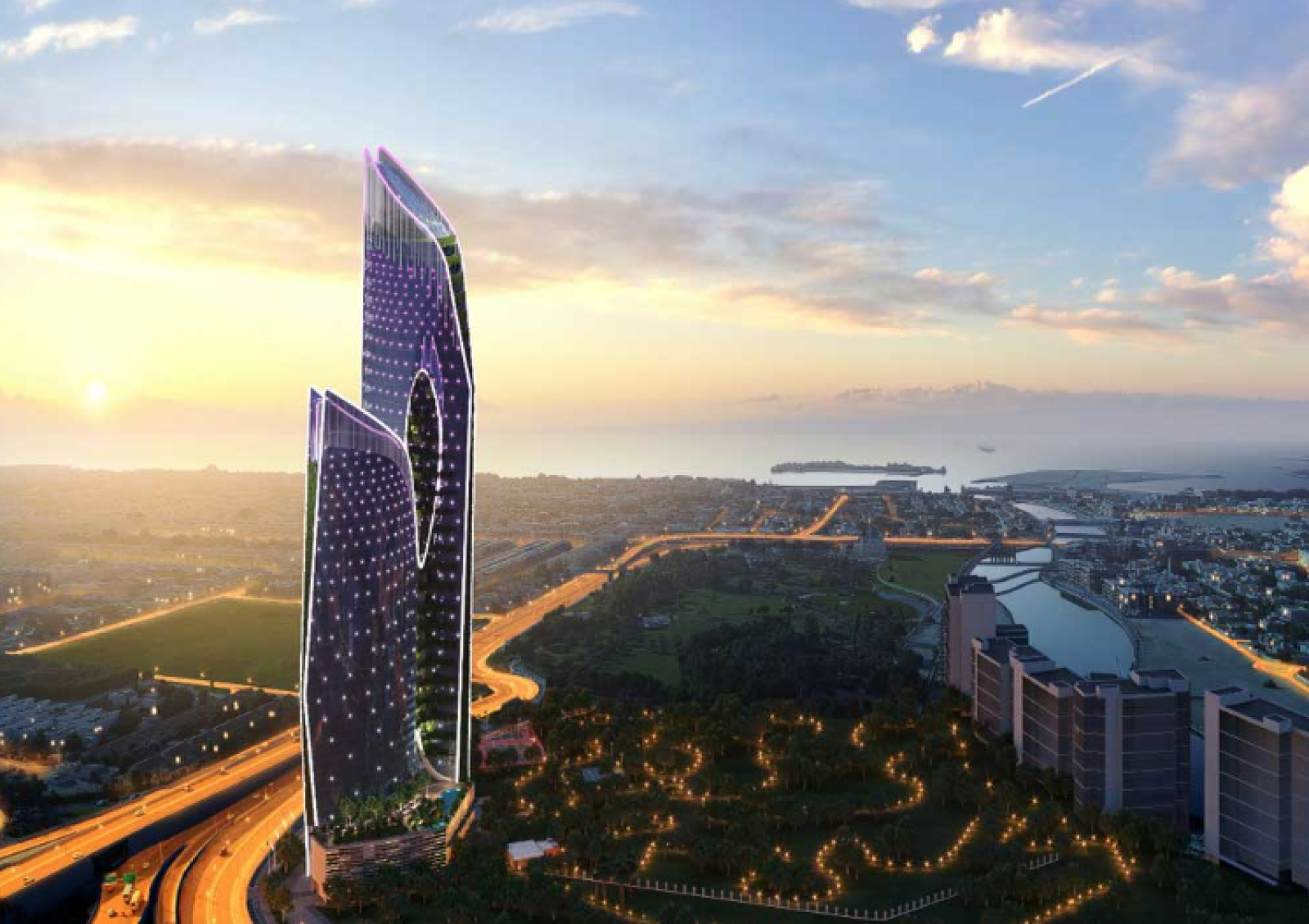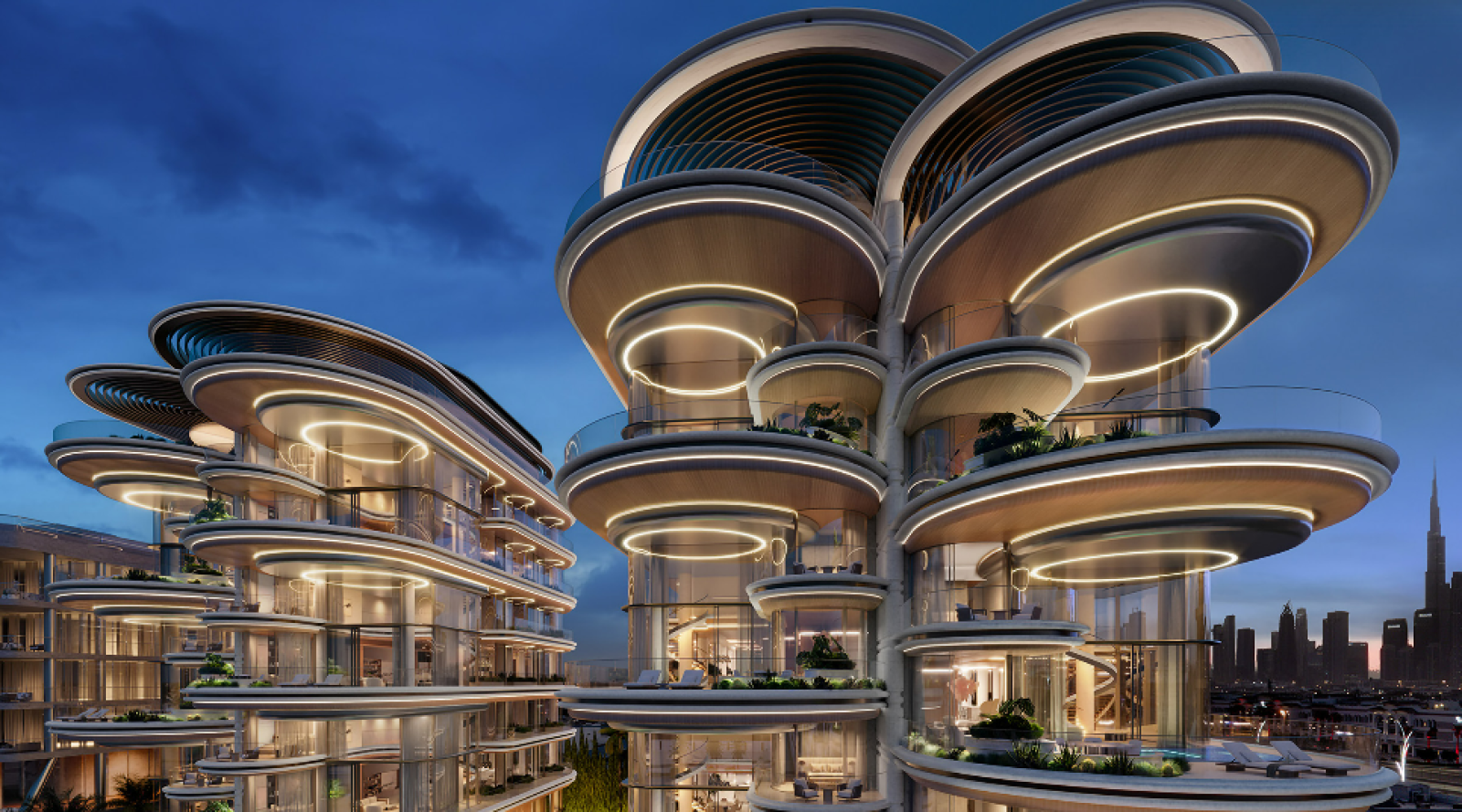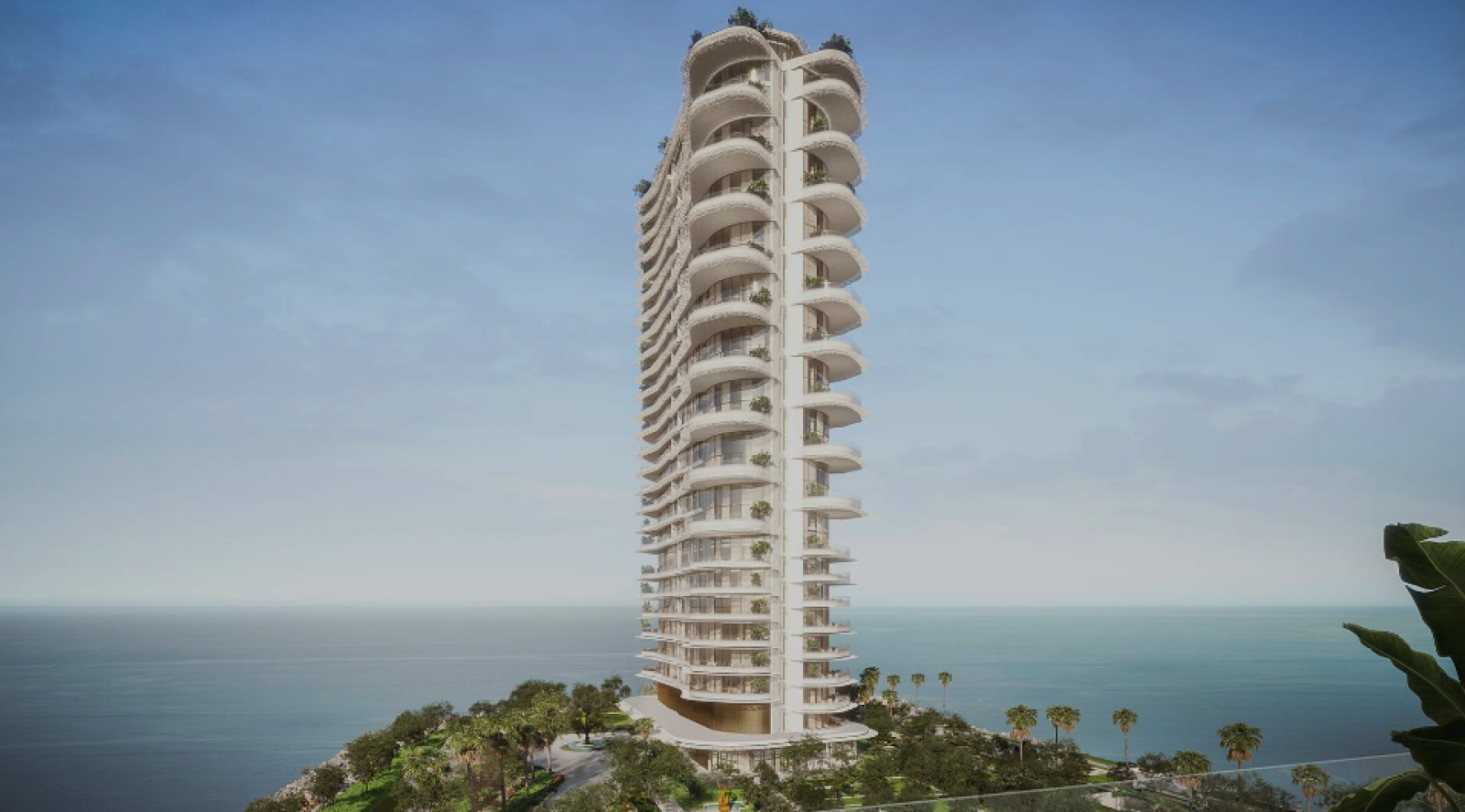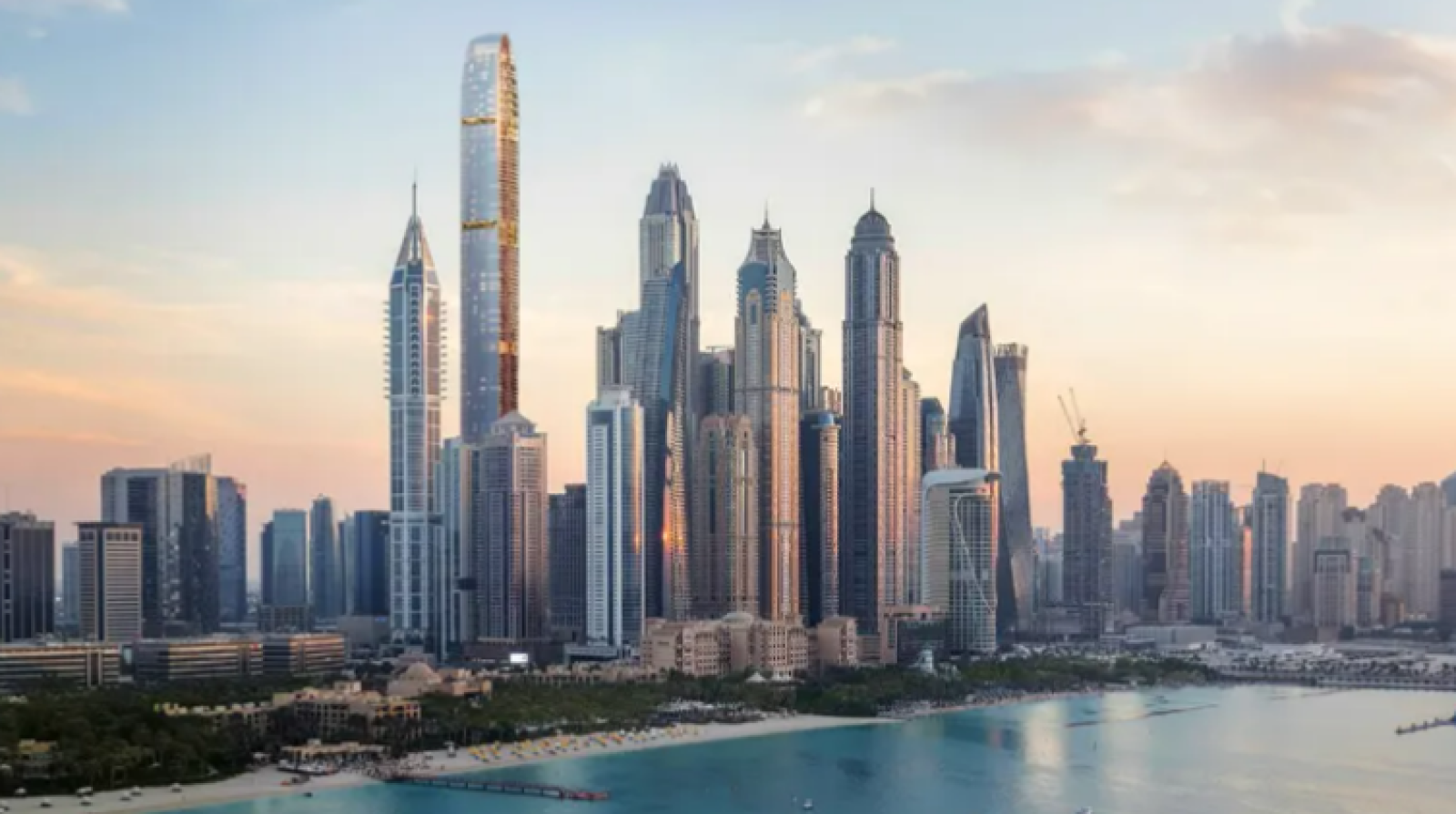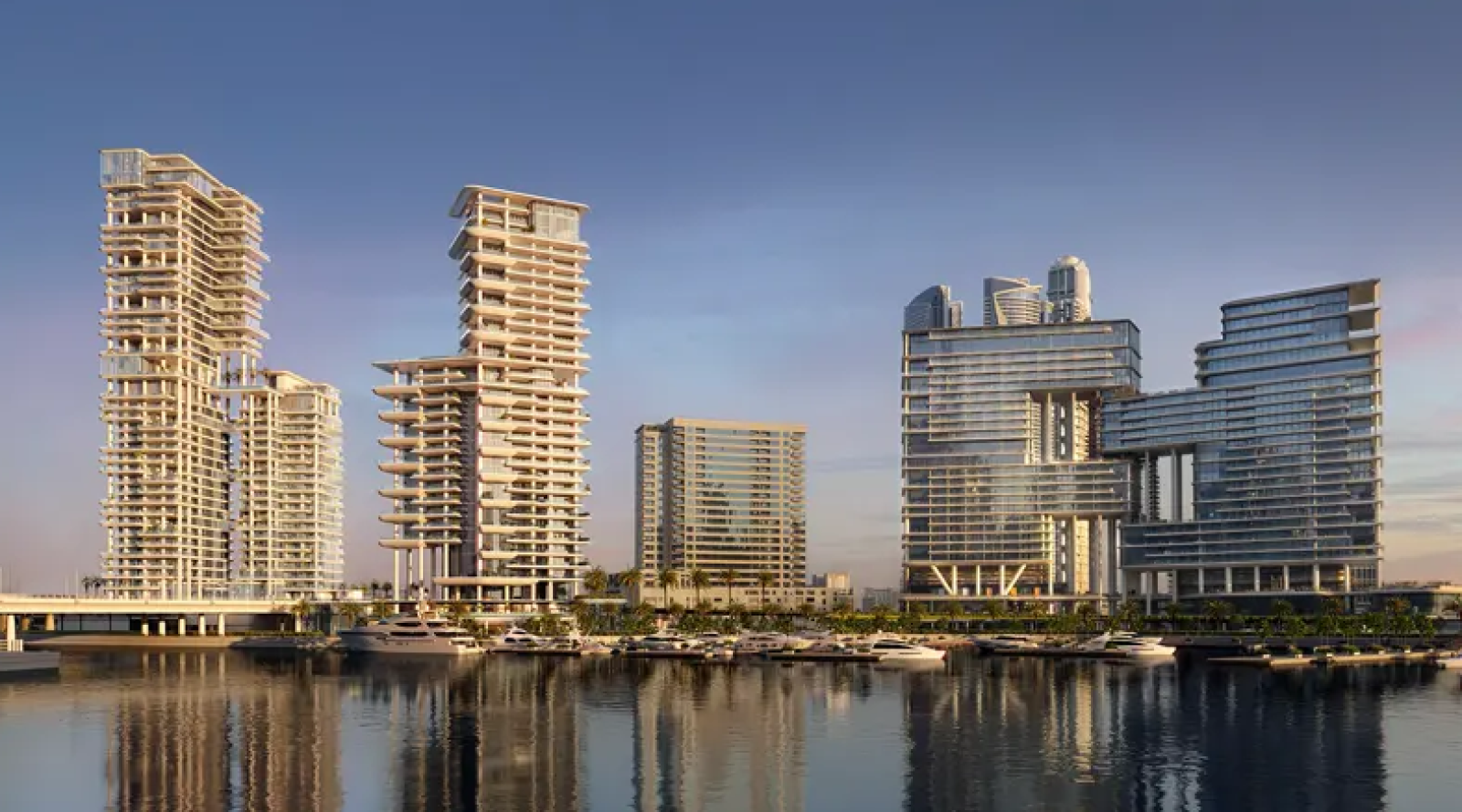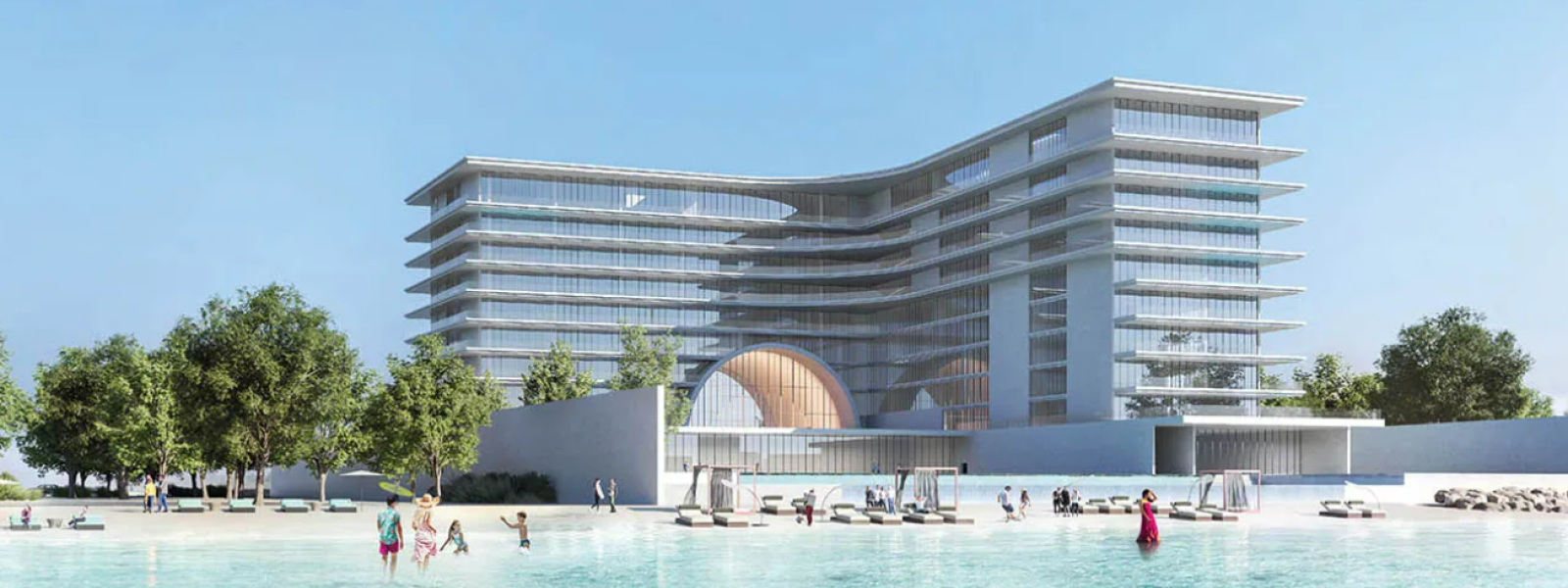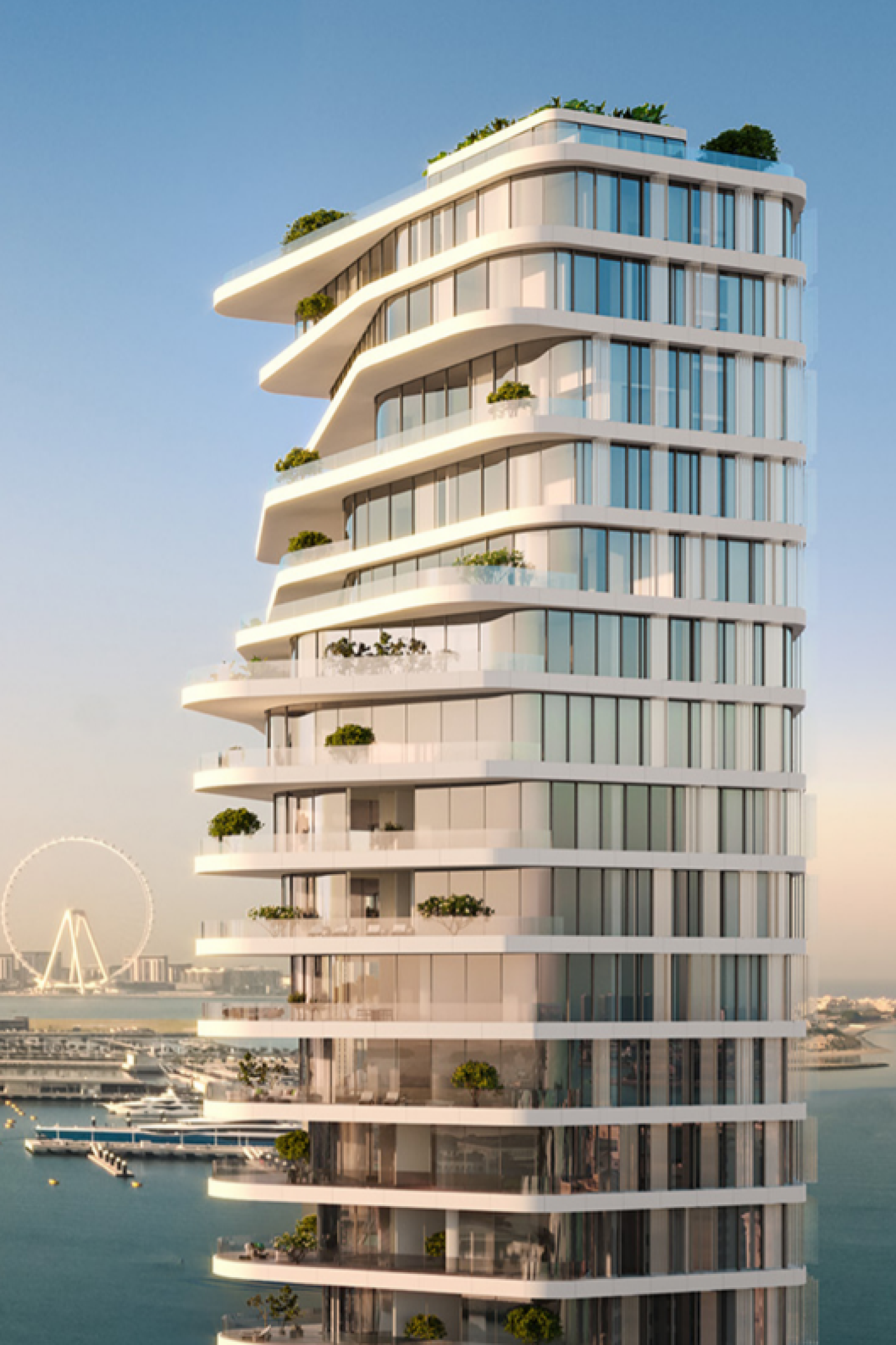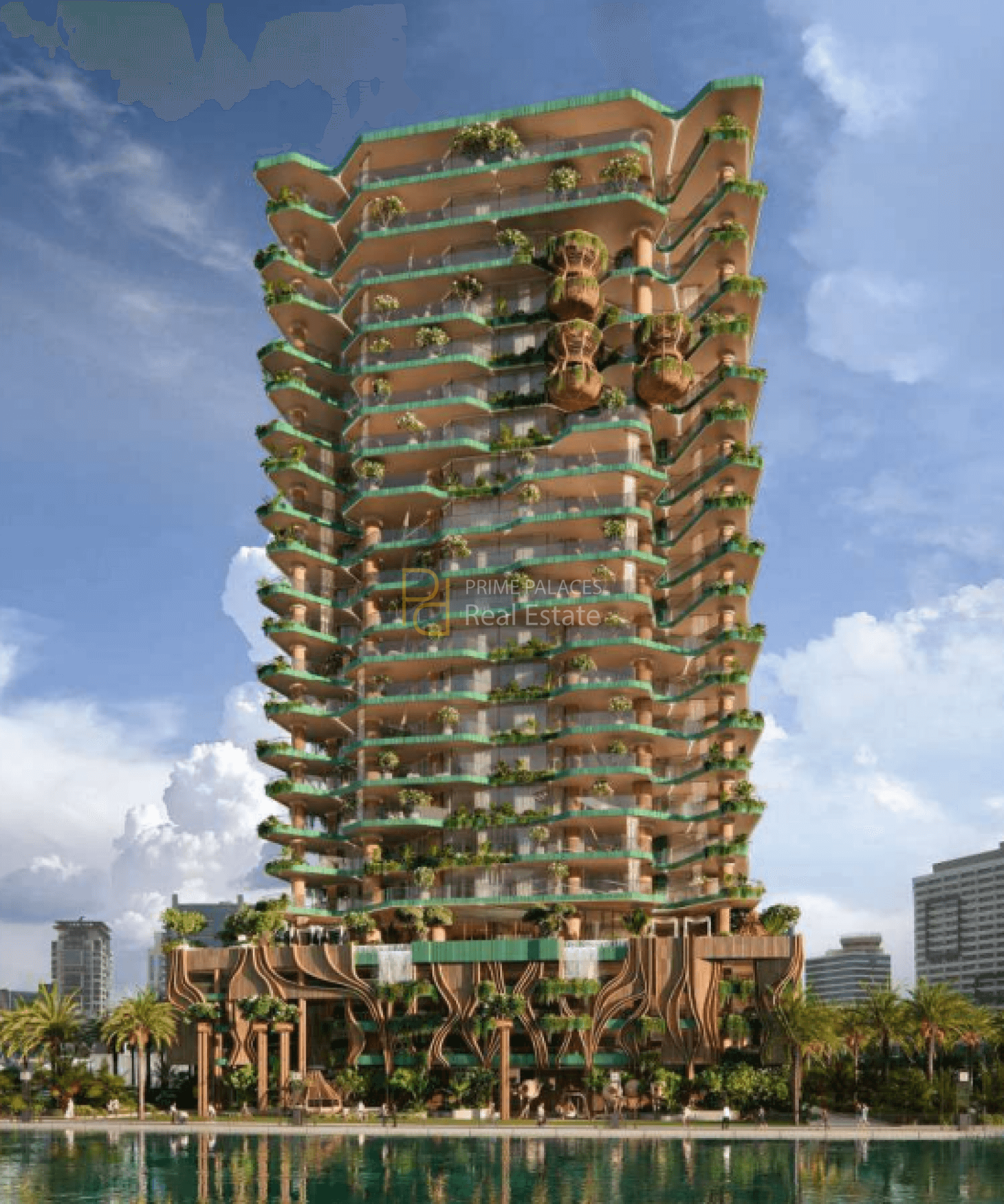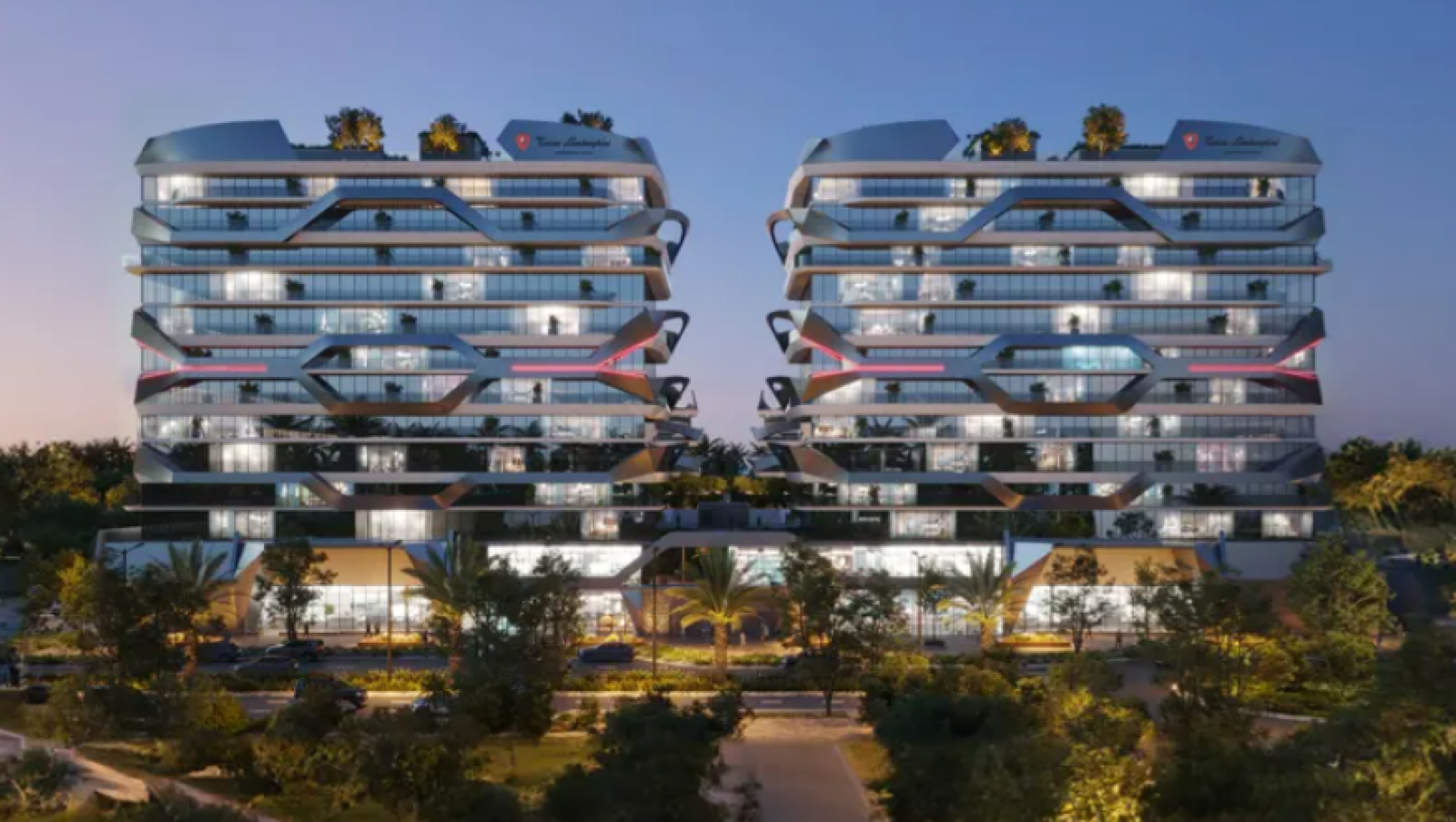Population Boom Triggers Real Estate Pressure Across Dubai in 2025
Dubai’s real estate sector is entering a new phase of demand intensity, driven by a population boom that shows no signs of slowing down. In the first three months of 2025 alone, the city added nearly 90,000 new residents, bringing the population close to 3.92 million by the end of March. That’s an average increase of 1,000 people per day—double the daily growth rate seen in 2024.
This exceptional influx is now exerting upward pressure on Dubai real estate demand, stretching supply across residential and commercial sectors alike.
Residential Inventory Under Strain
Despite ambitious construction targets, supply is failing to keep pace with demand. Only about 12,000 units—or 19% of this year’s estimated 61,580 new homes—were completed in the first quarter. If delivery trends from 2024 continue, a significant portion of the projected housing inventory may be delayed.
This creates a growing mismatch between the number of people entering the city and the availability of new homes to rent or buy, driving competition and, inevitably, price escalation.
Prices Climb Across All Segments
Unsurprisingly, residential property prices are reacting sharply. Apartment values have climbed over 21% year-on-year, while villa prices have surged more than 30%, pointing to intense buyer demand across mid- and high-end communities.
The rental market is also tightening. Apartment rents in Dubai are up by 10%, and villa rents have grown by over 5%, highlighting how housing affordability is becoming an increasing concern for new and existing residents.
Commercial Market Riding the Growth Wave
The surge isn’t limited to housing. As new businesses and workforce inflows accompany the population growth, demand for office space in Dubai remains high. Office capital values have increased by nearly 30% year-on-year, while asking rents have risen over 20%—clear indicators that companies are expanding and securing space in prime locations.
Both the industrial and hospitality real estate sectors are also benefiting, supported by broader economic expansion.
A Short-Term Dip Amid a Long-Term Climb
Interestingly, while demand indicators remain strong, the first quarter saw a modest slowdown in residential sales volume and mortgage activity compared to Q4 2024. Analysts suggest this isn’t a downturn but a quarterly correction after last year’s record-setting performance.
In the broader context, such fluctuations are typical in maturing markets, and do not negate the underlying momentum fueled by demographics and infrastructure-led growth.
Conclusion
Dubai’s real estate market is now squarely shaped by population pressure. With more residents arriving than new homes being delivered, real estate prices, rental rates, and investment competition are poised to rise further. The city’s ability to scale up supply while maintaining quality and affordability will be critical.
For investors, the long-term opportunity remains compelling. High rental yields, strong capital appreciation, and a deepening economic base continue to support a bullish case for Dubai real estate in 2025 and beyond.

